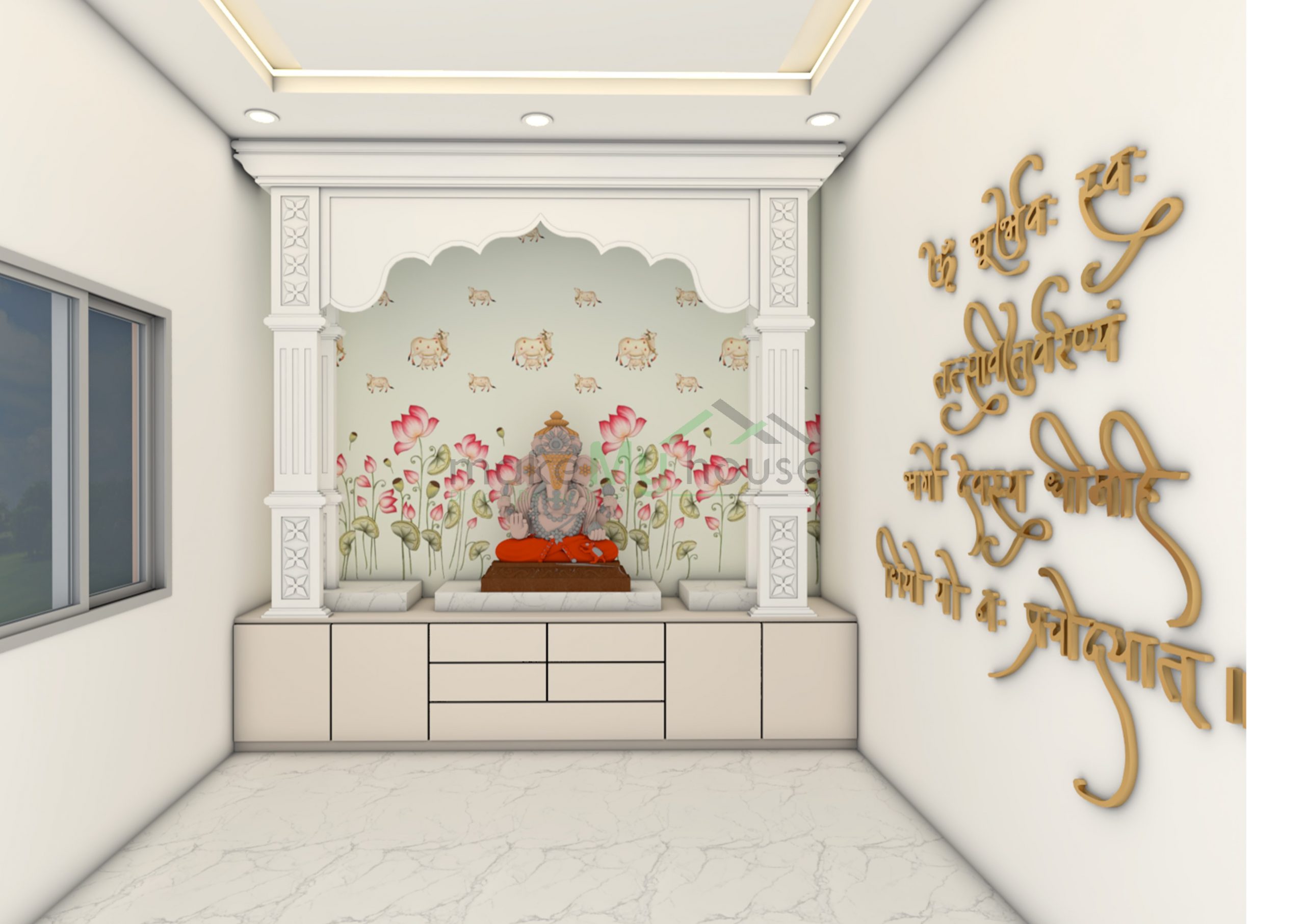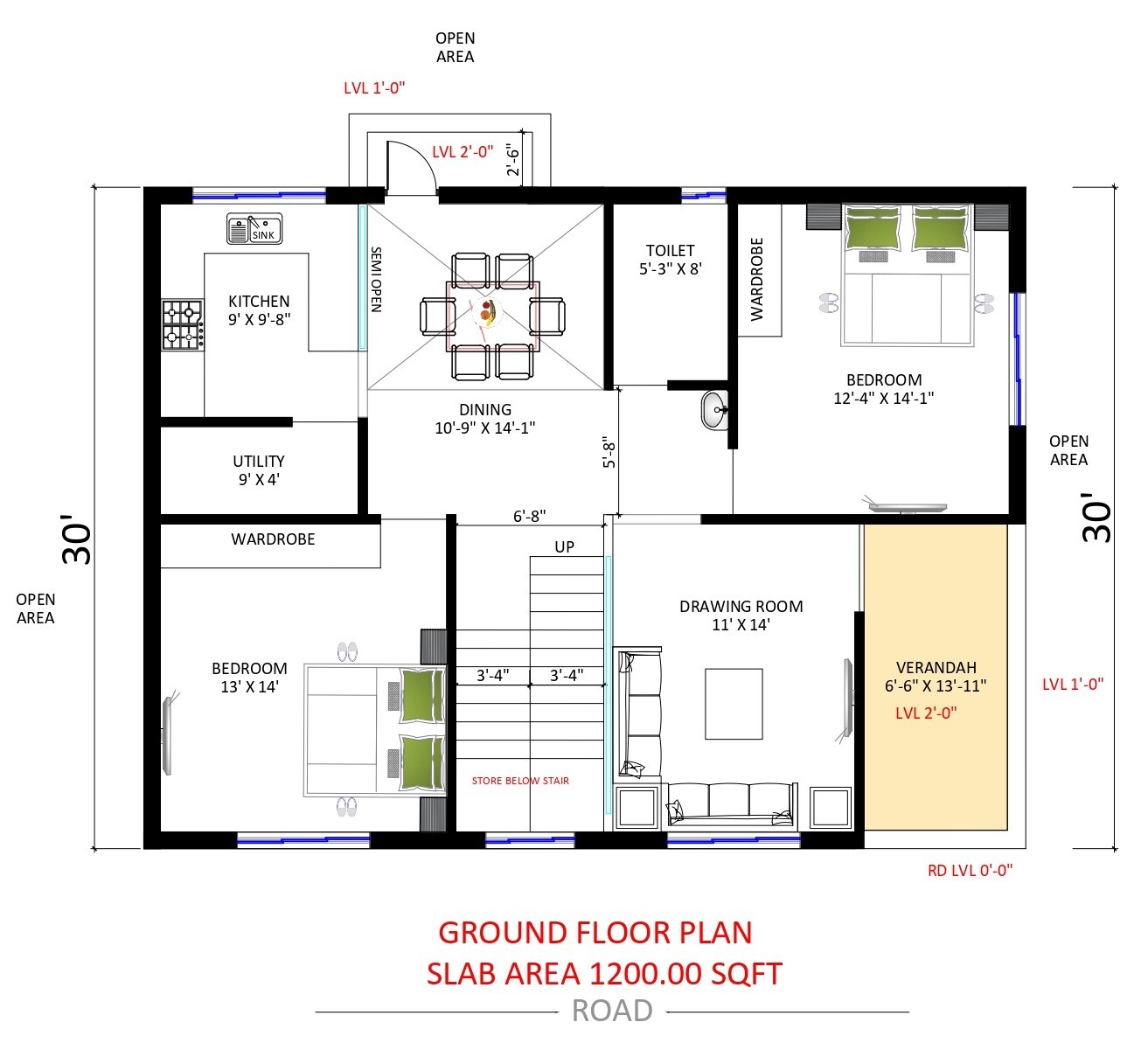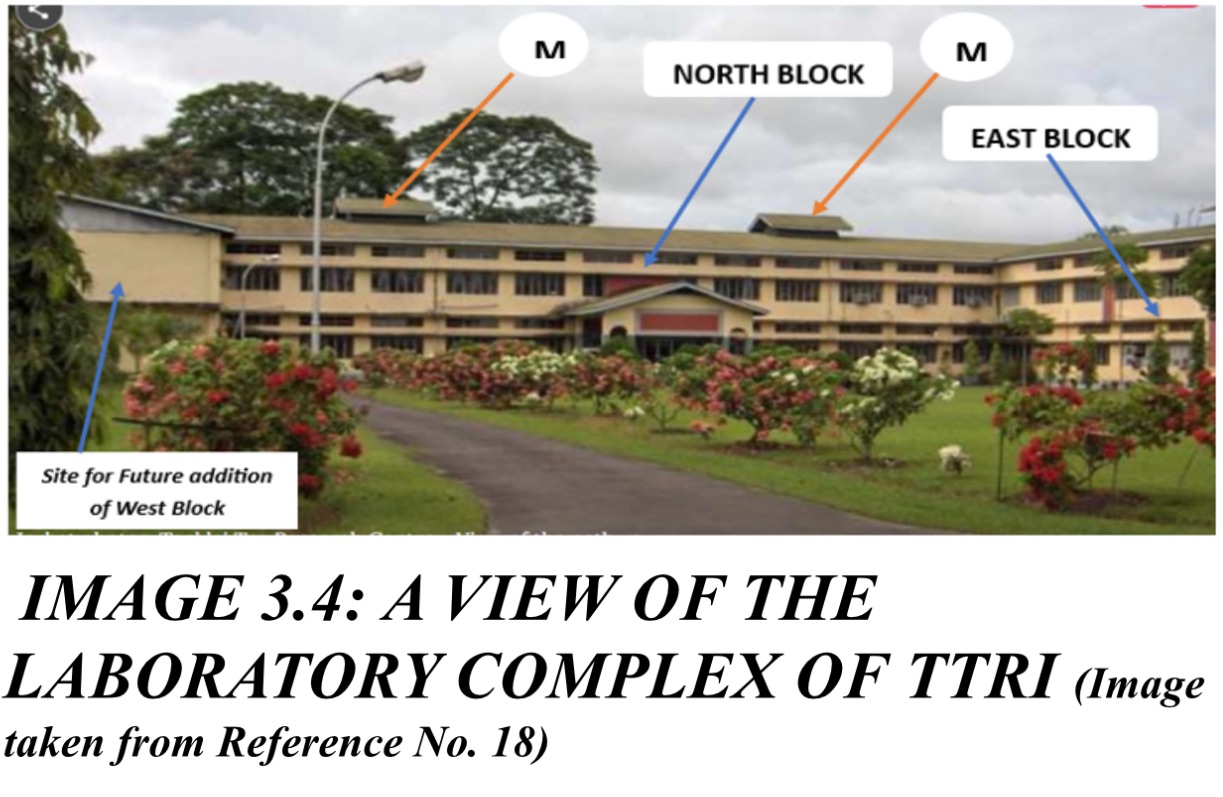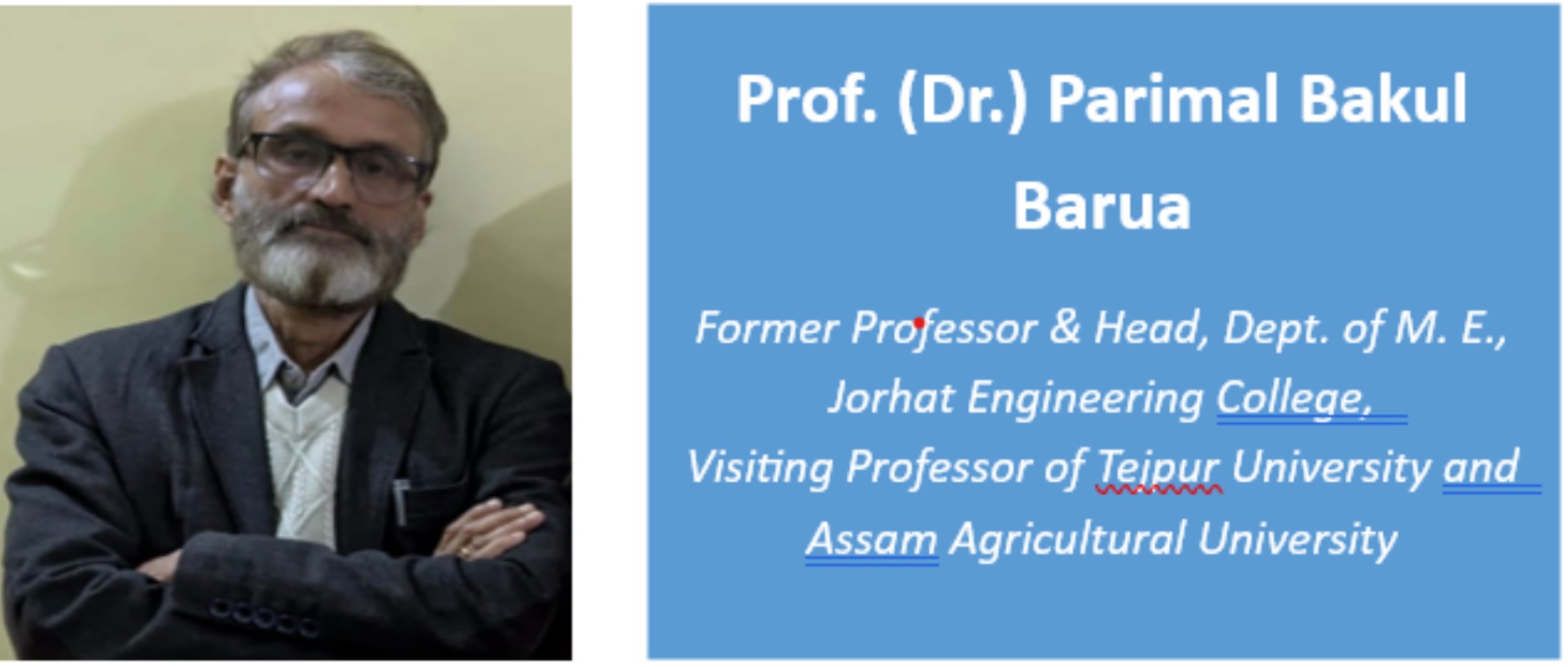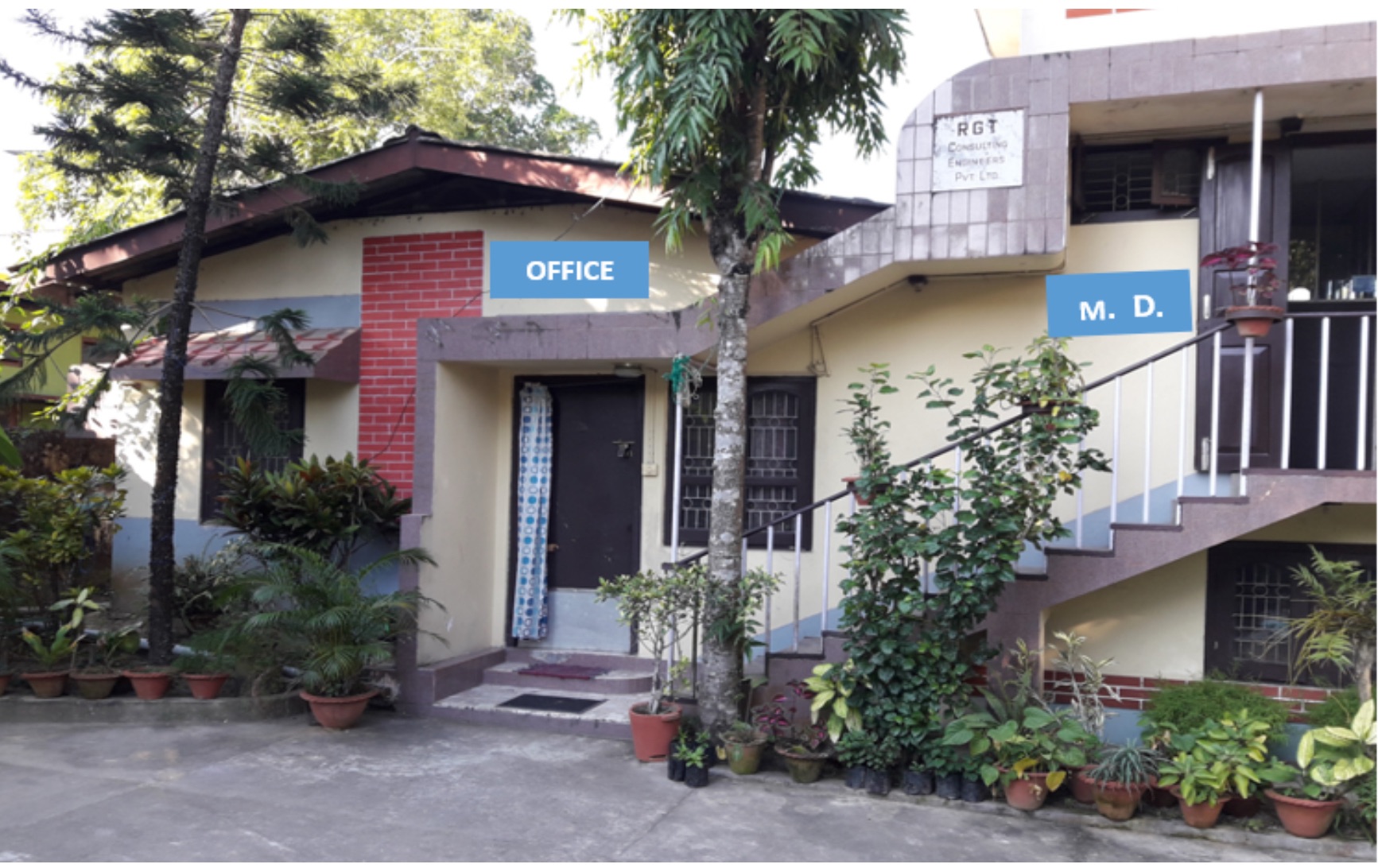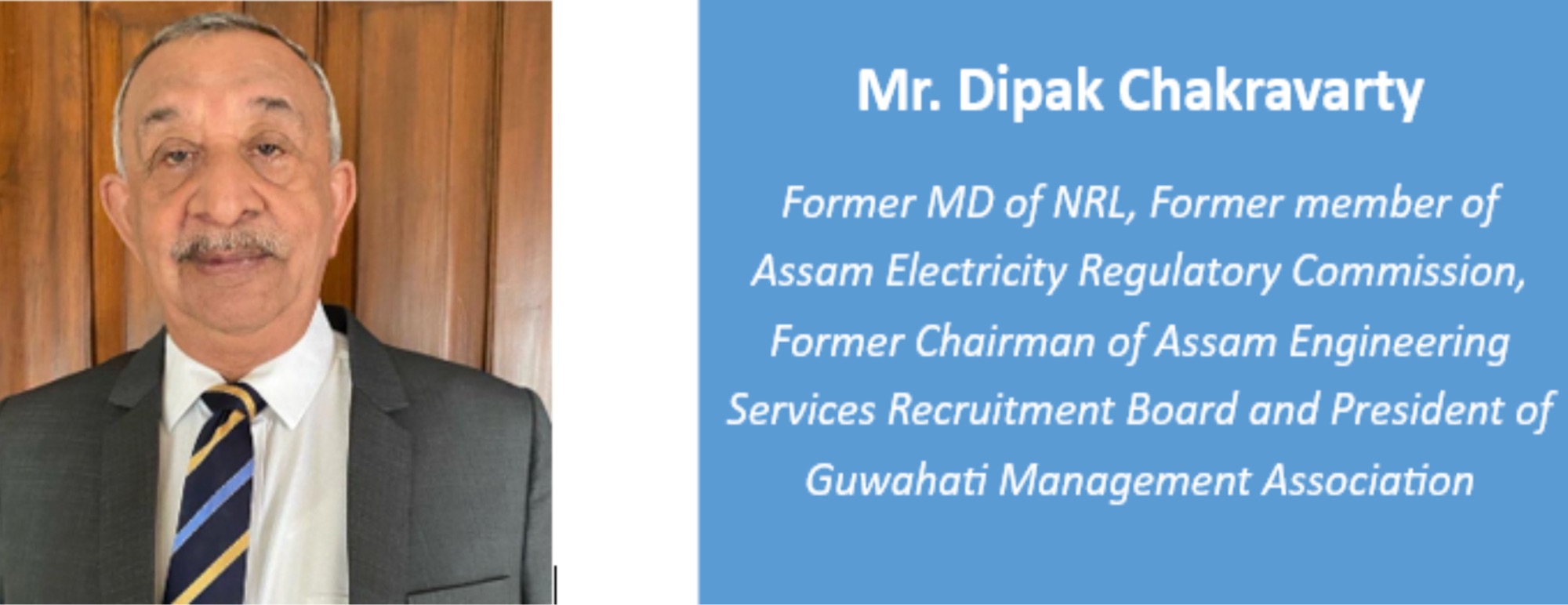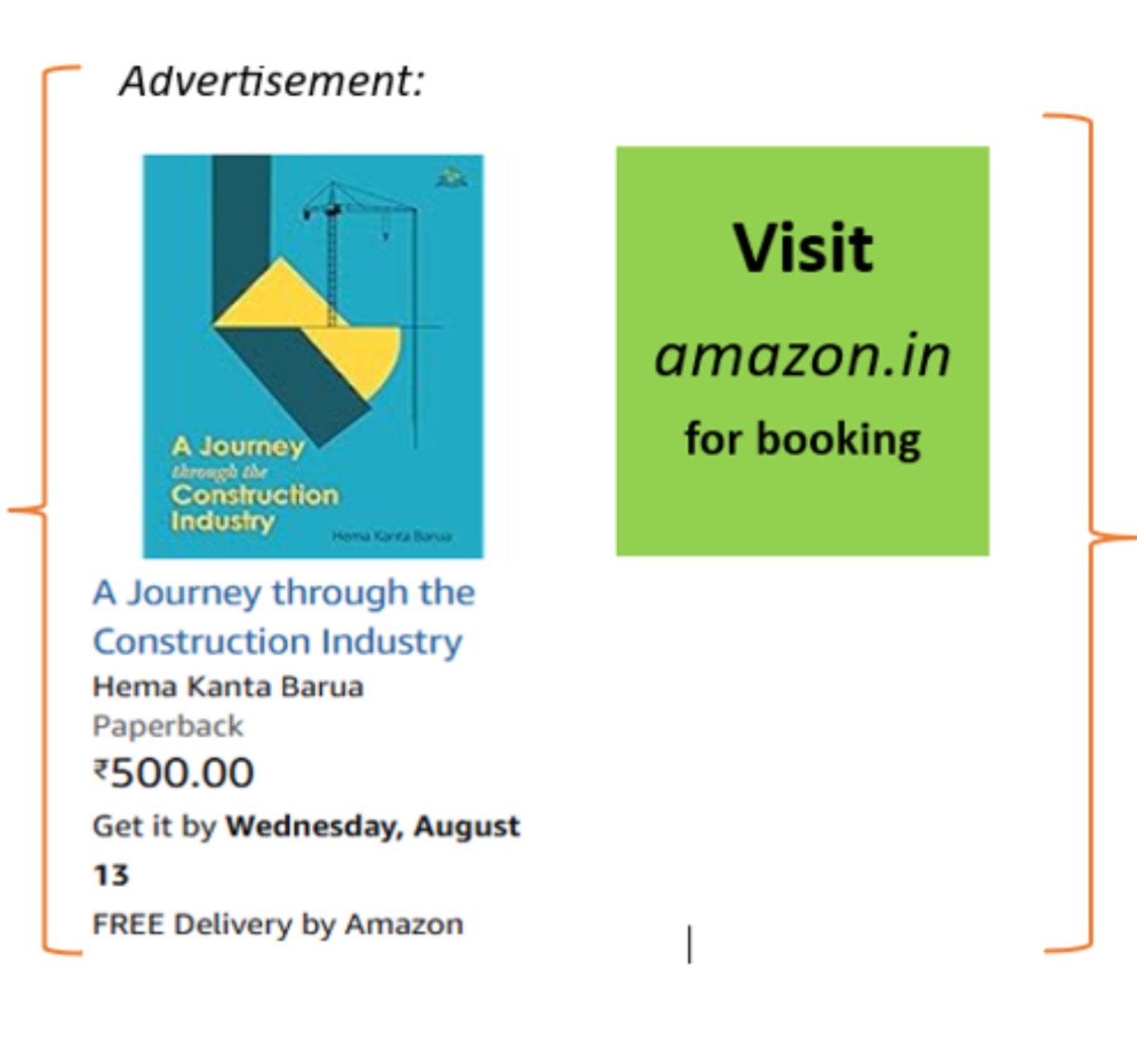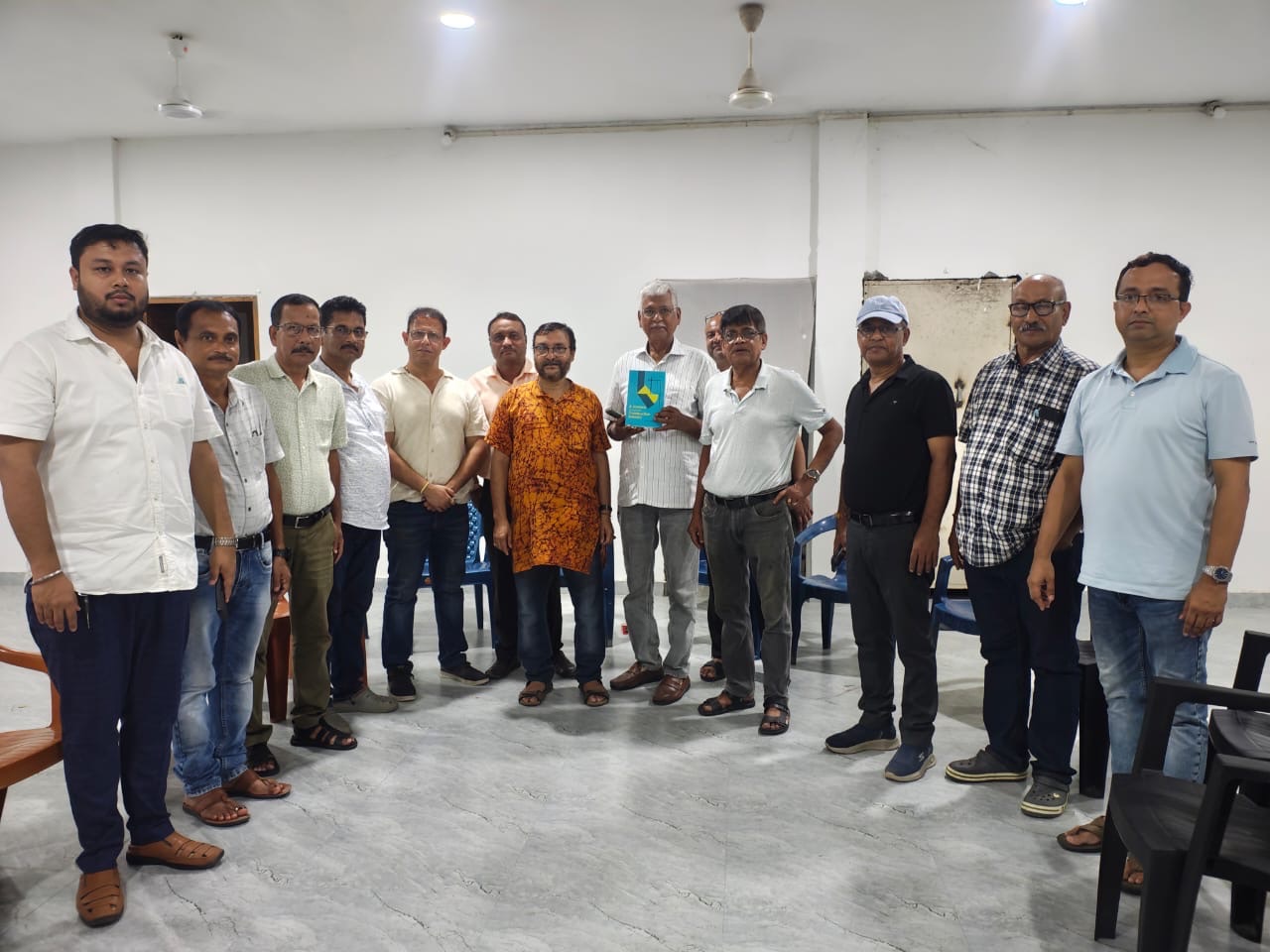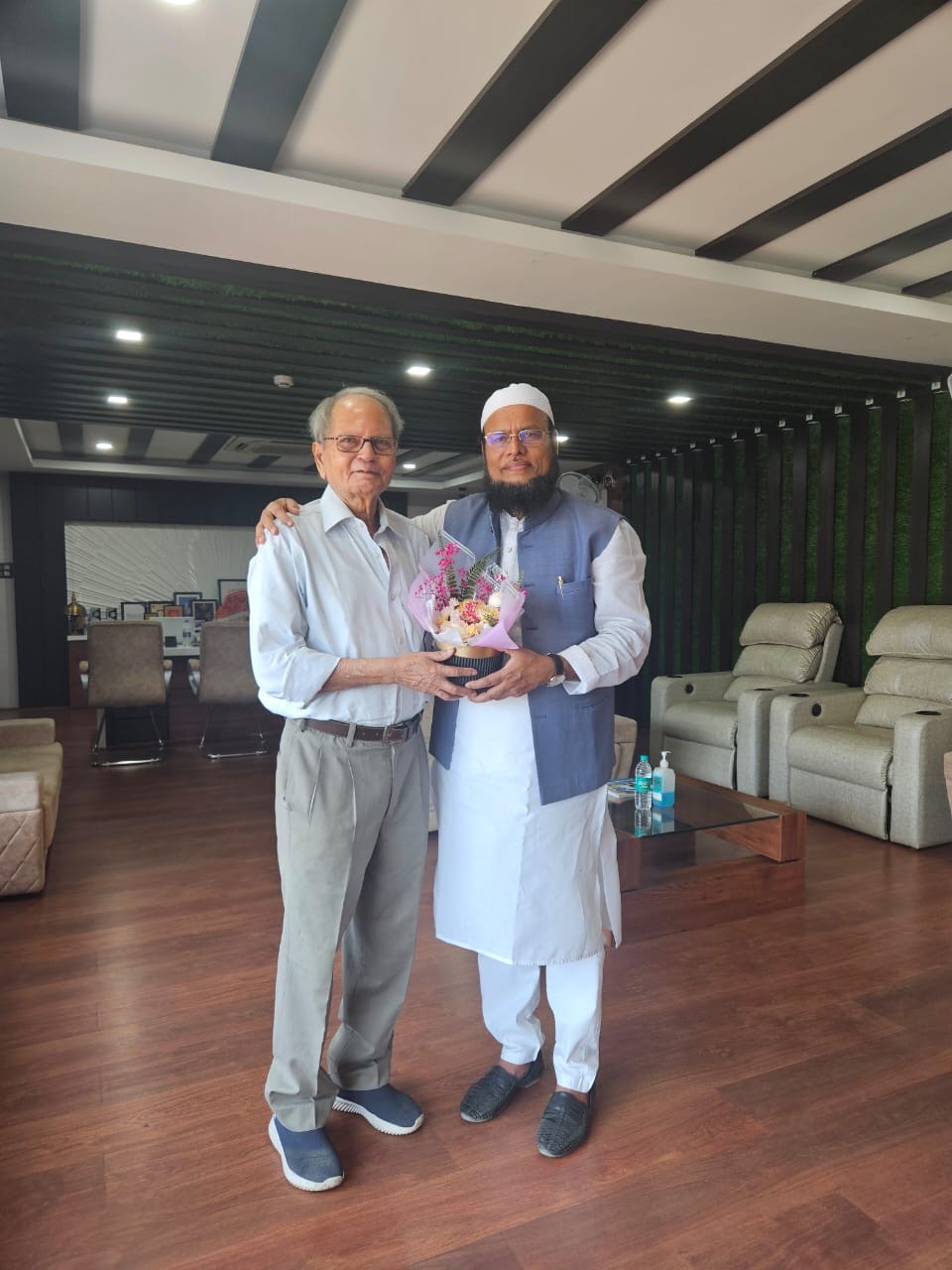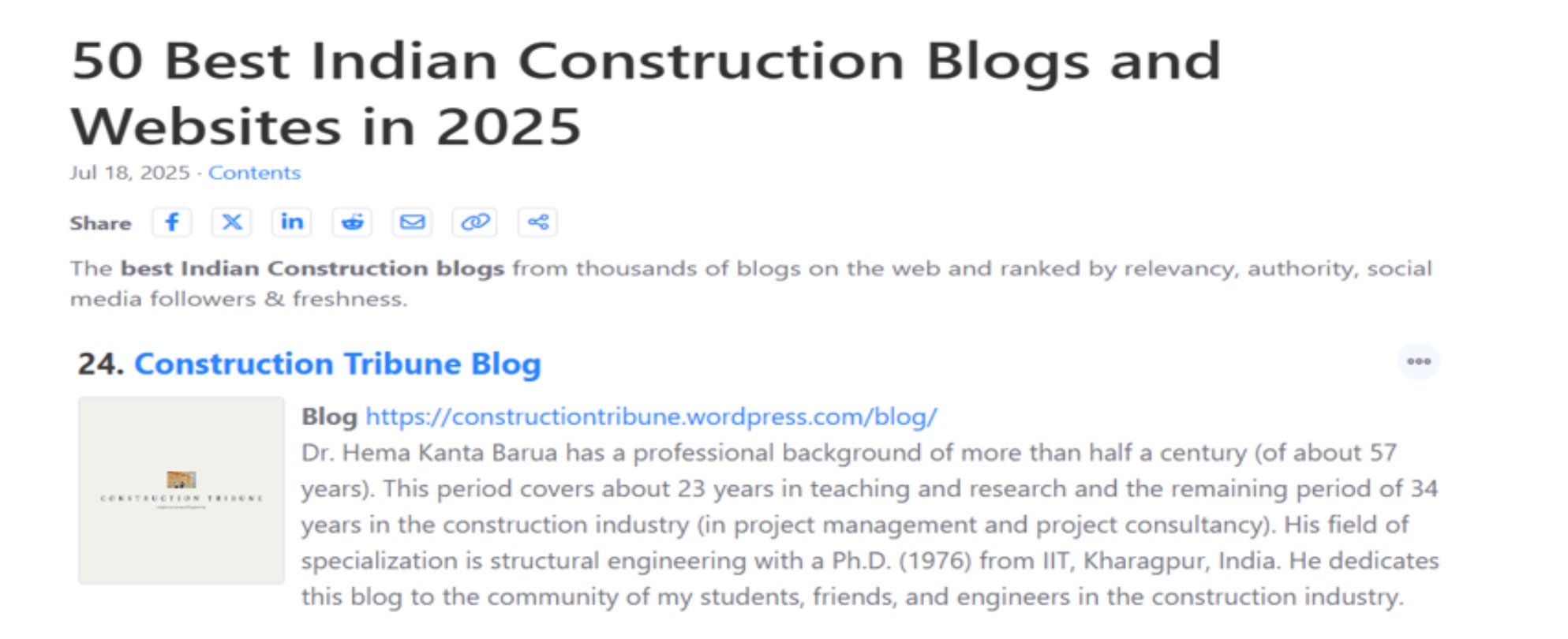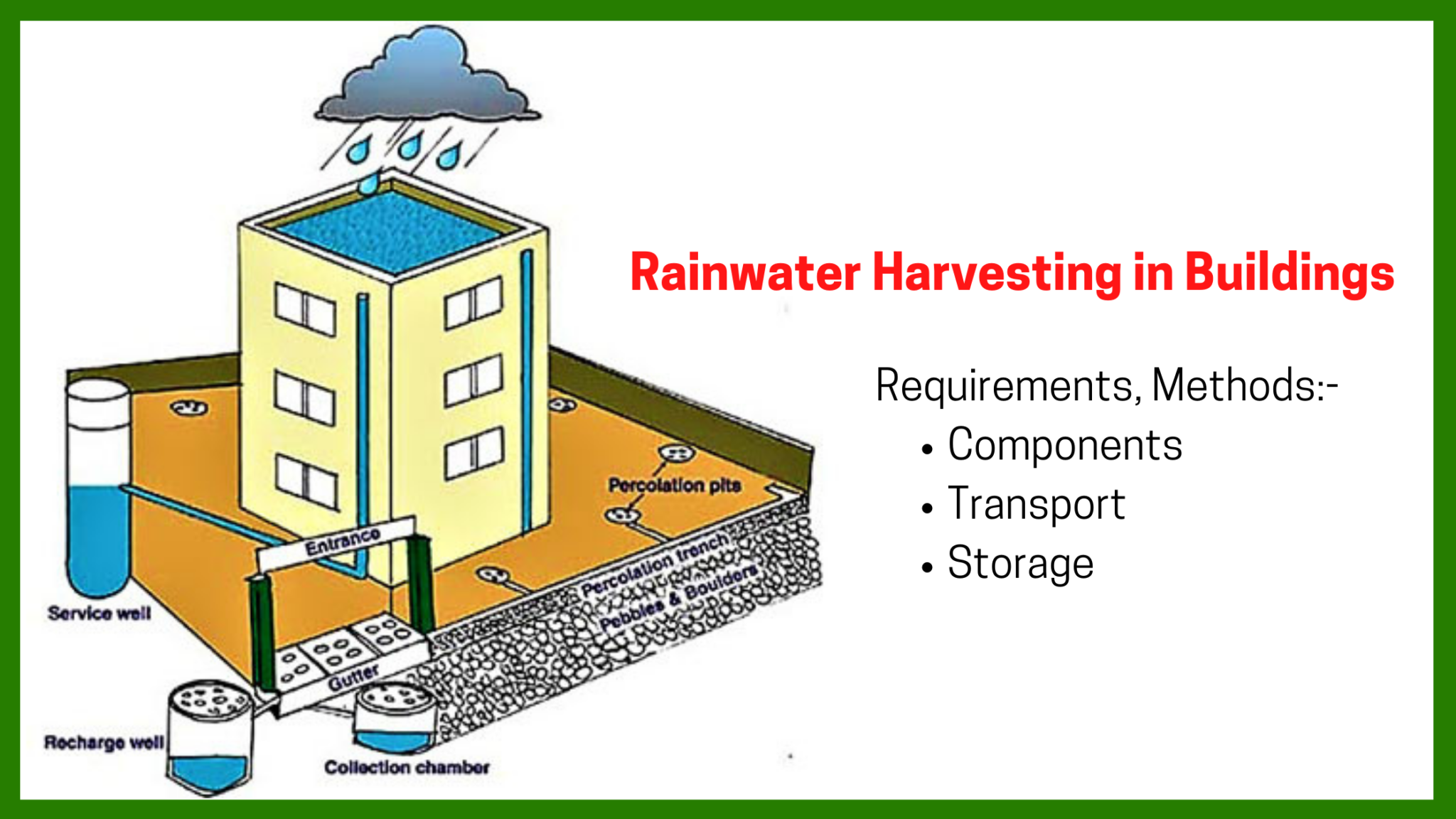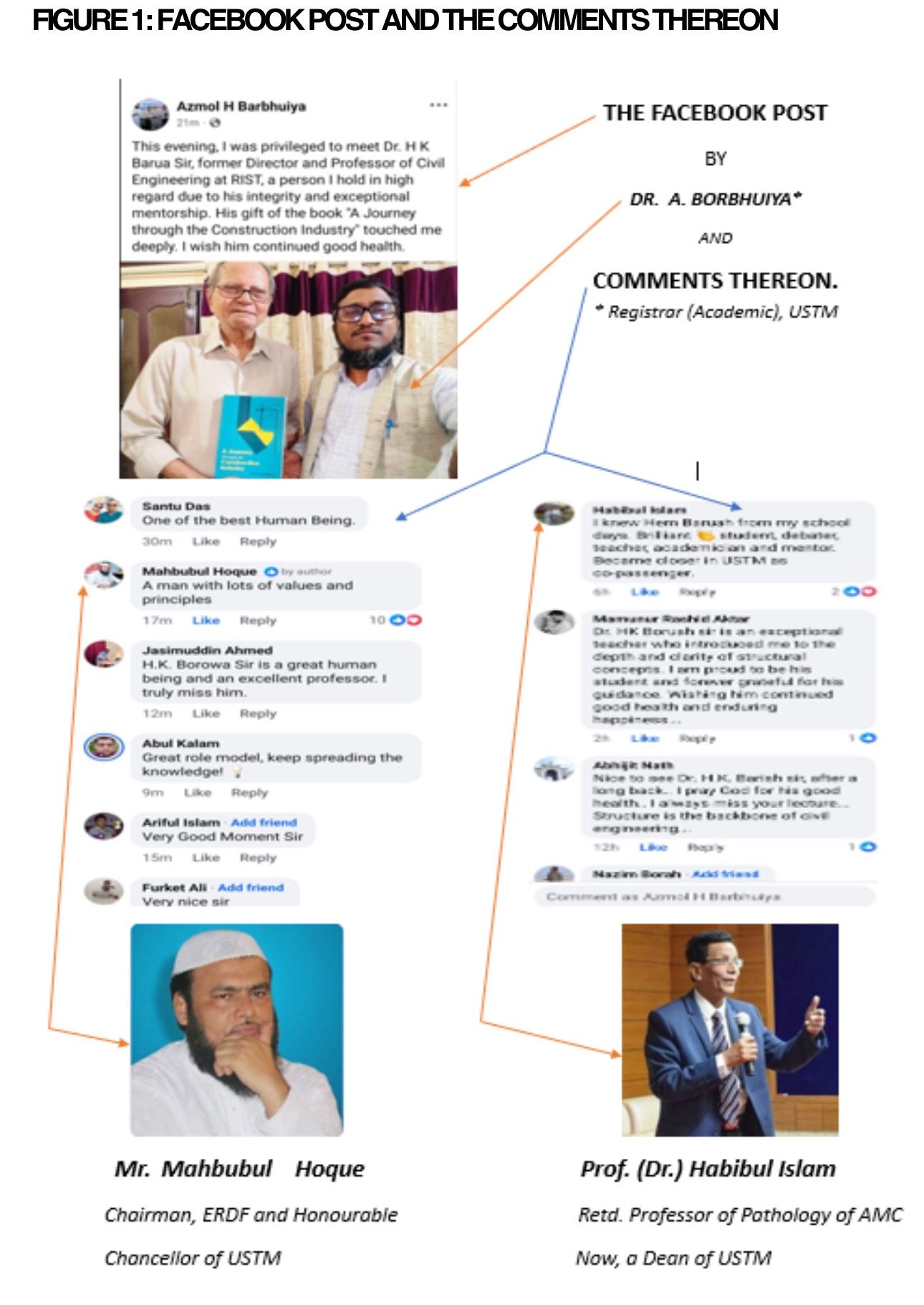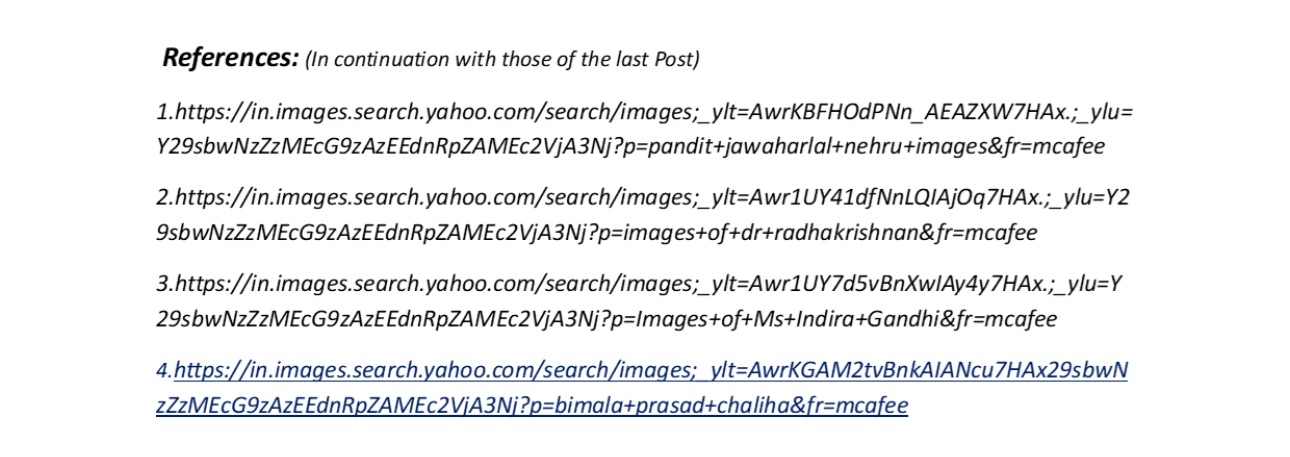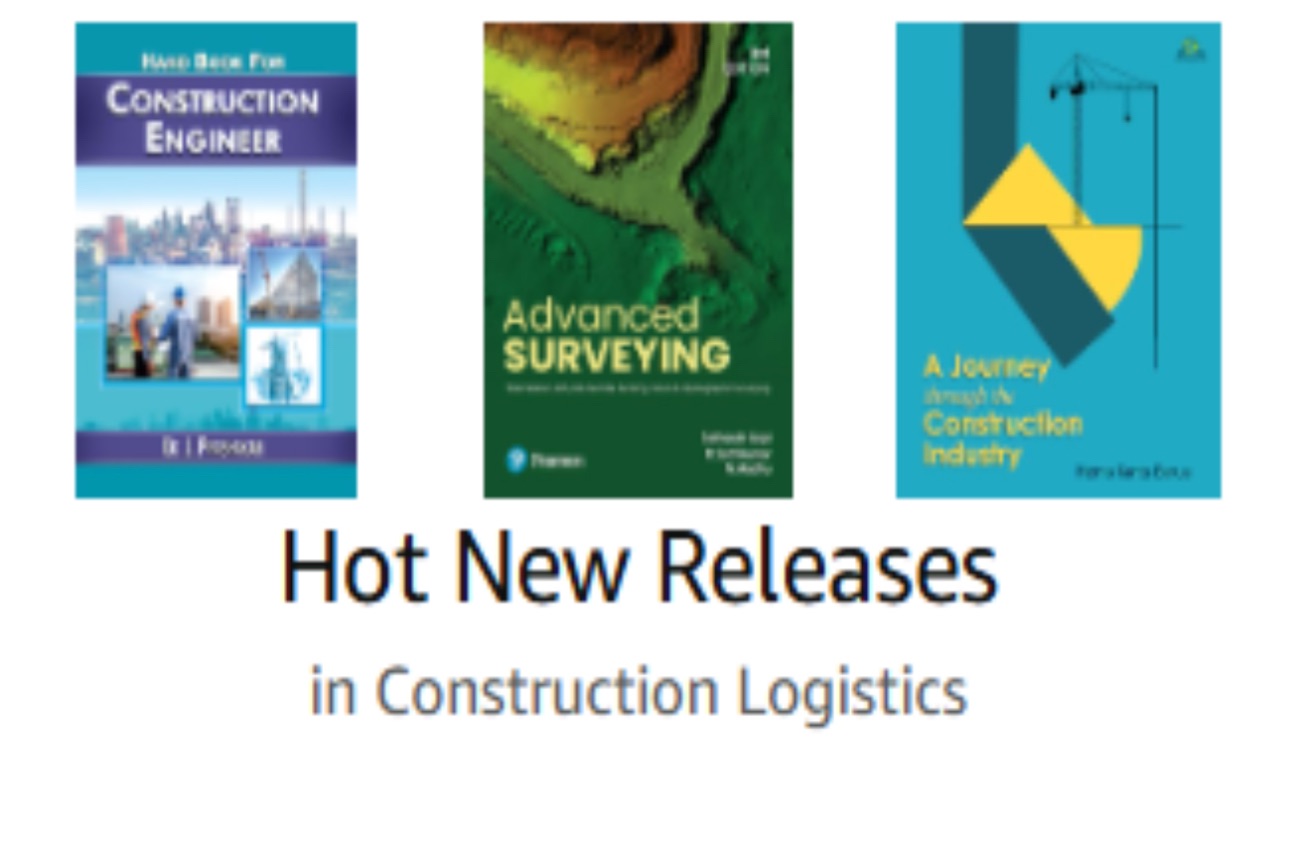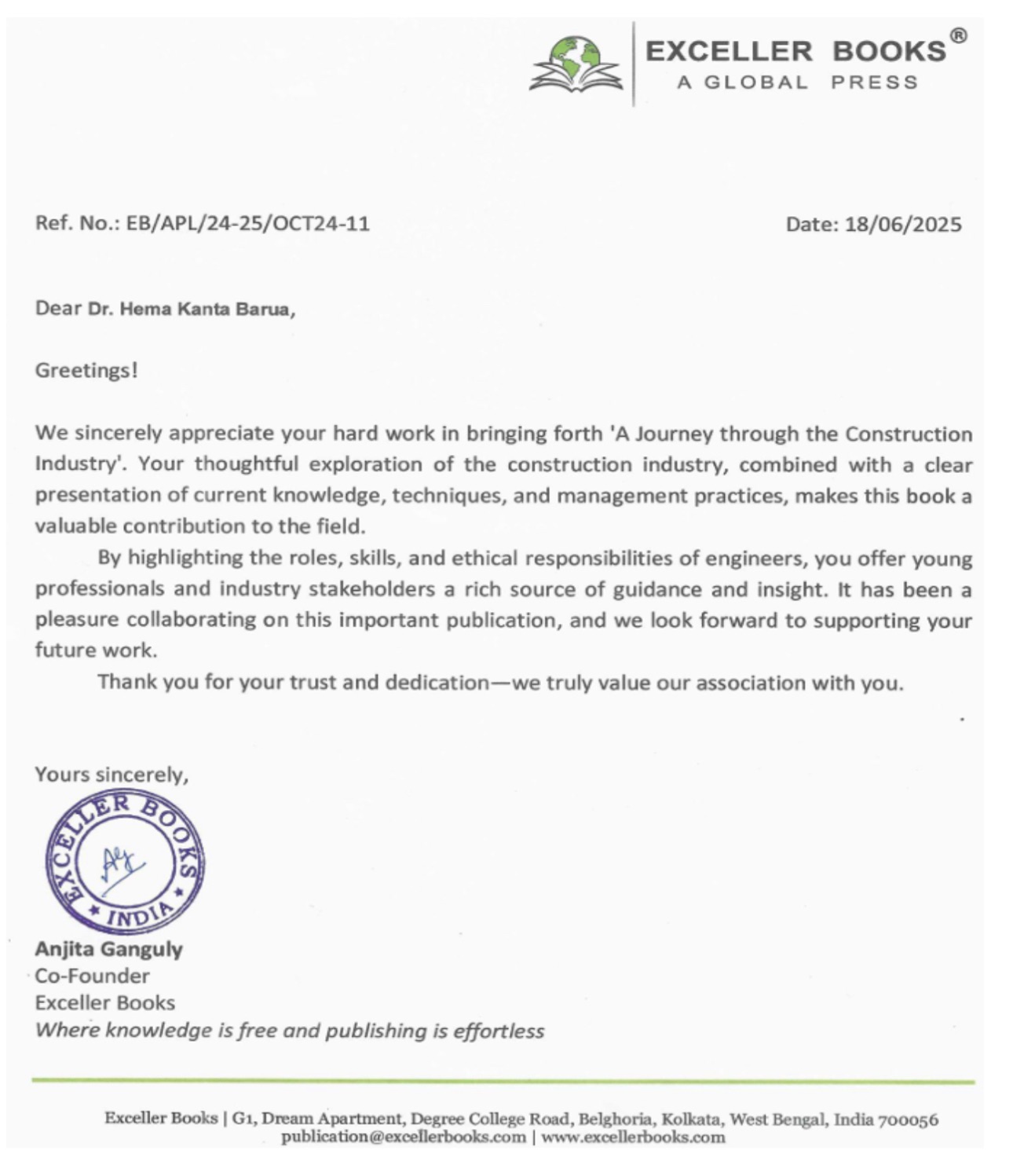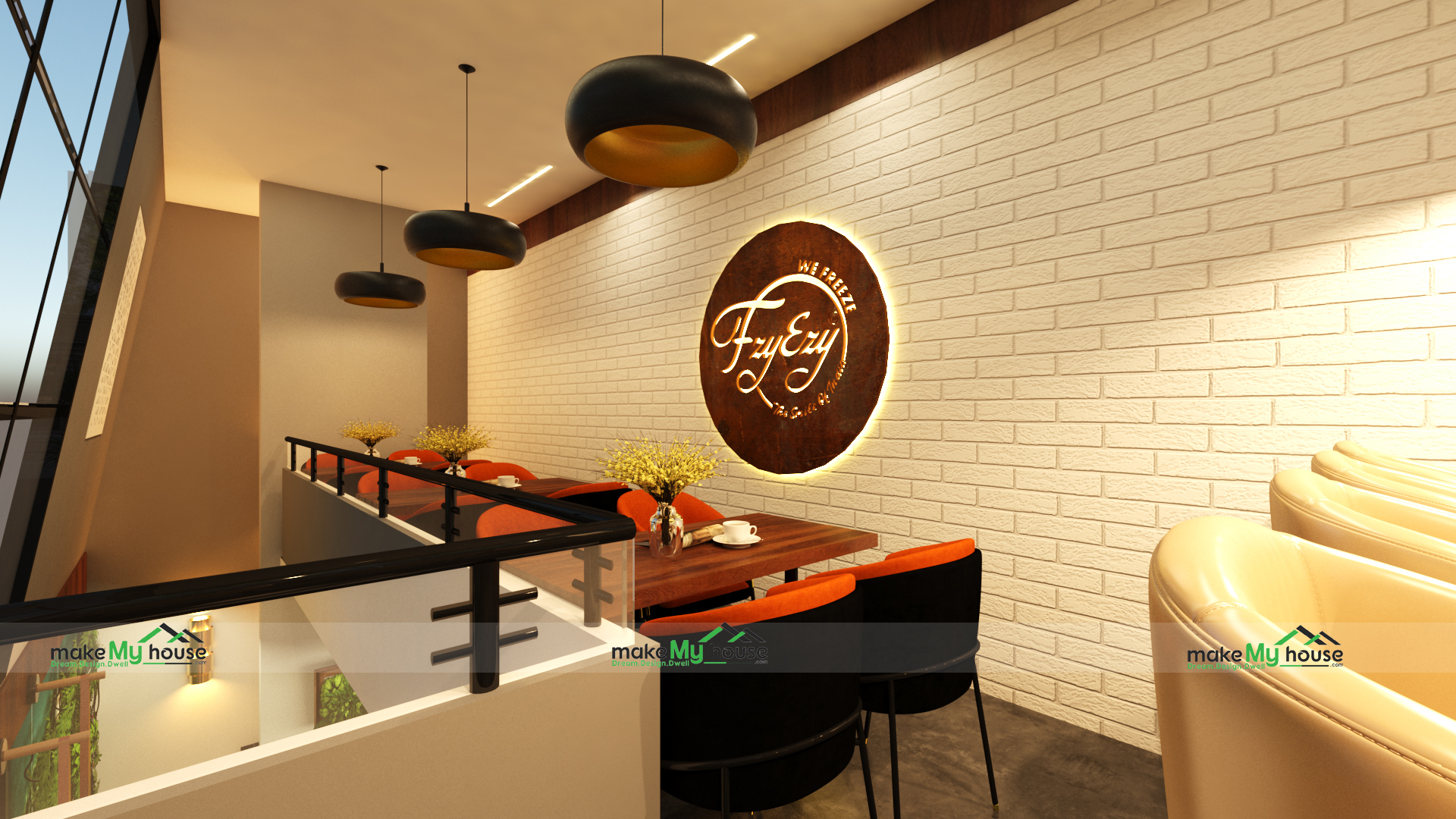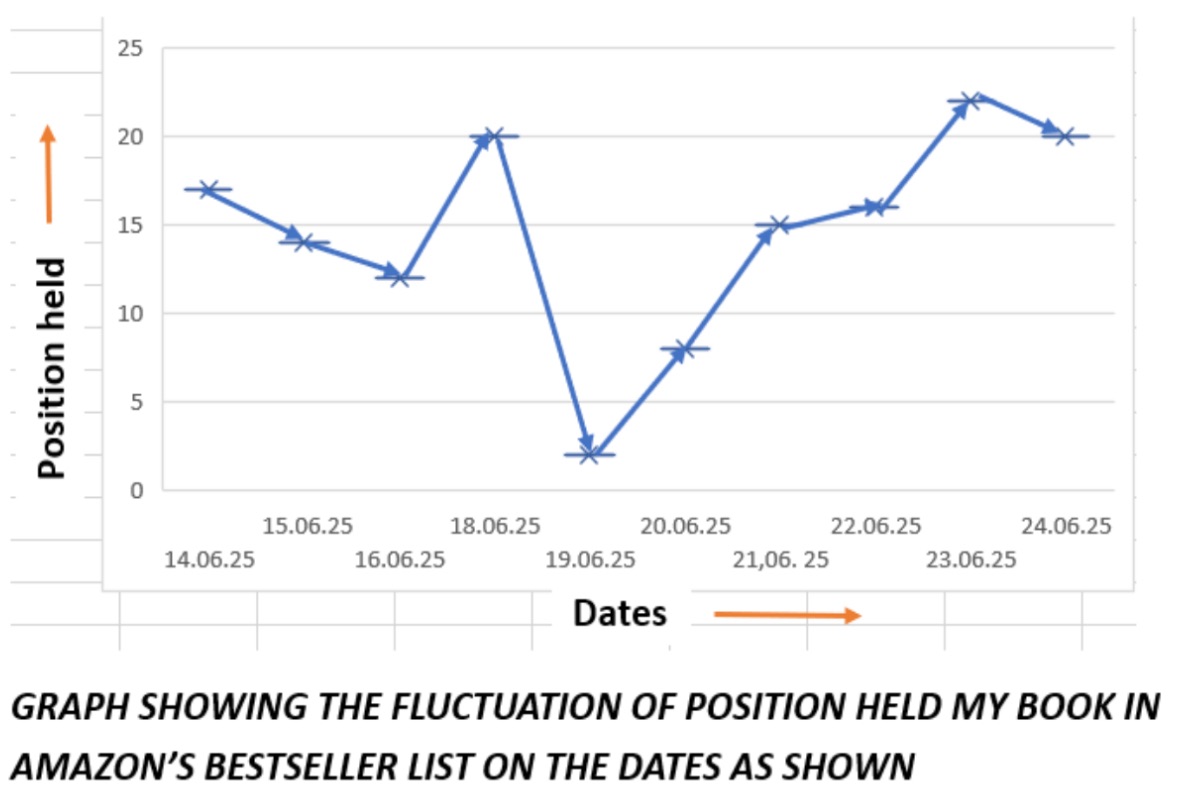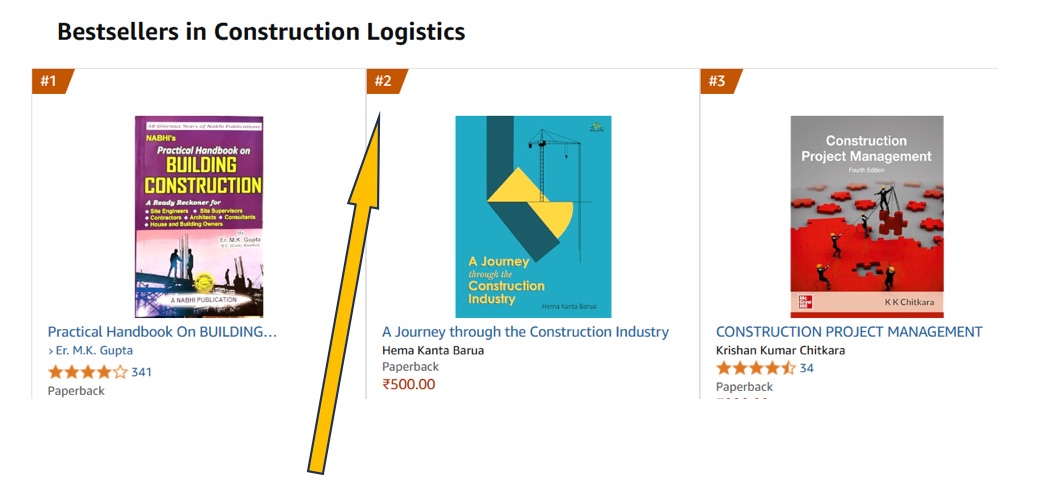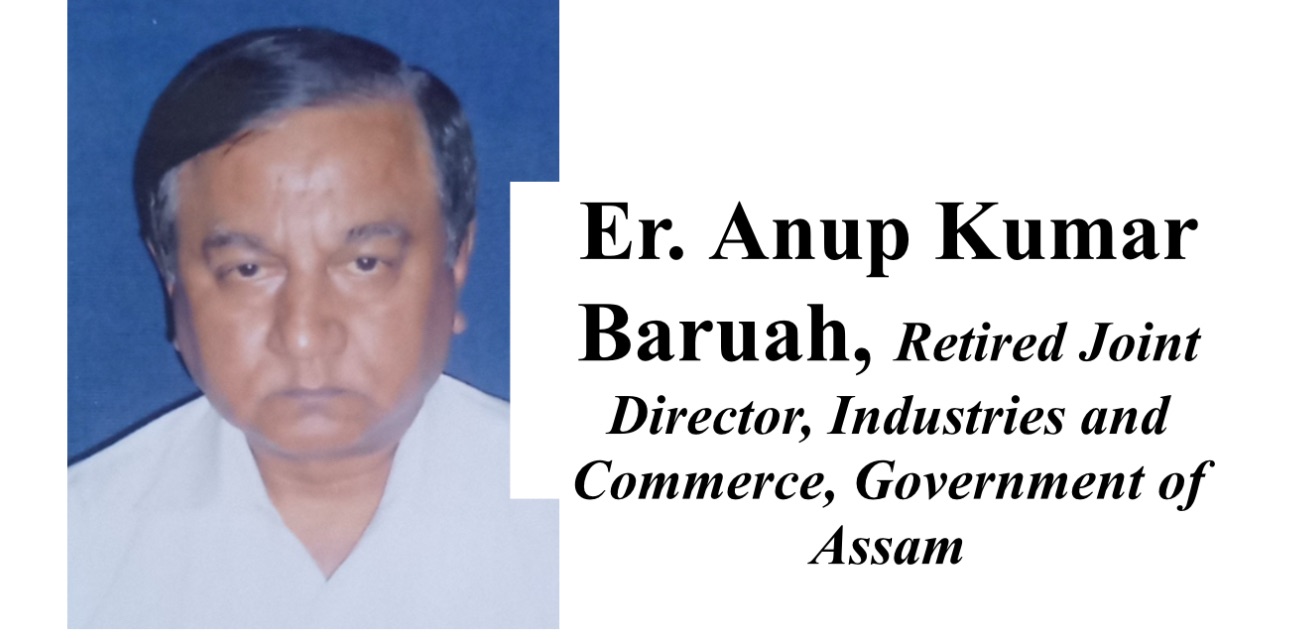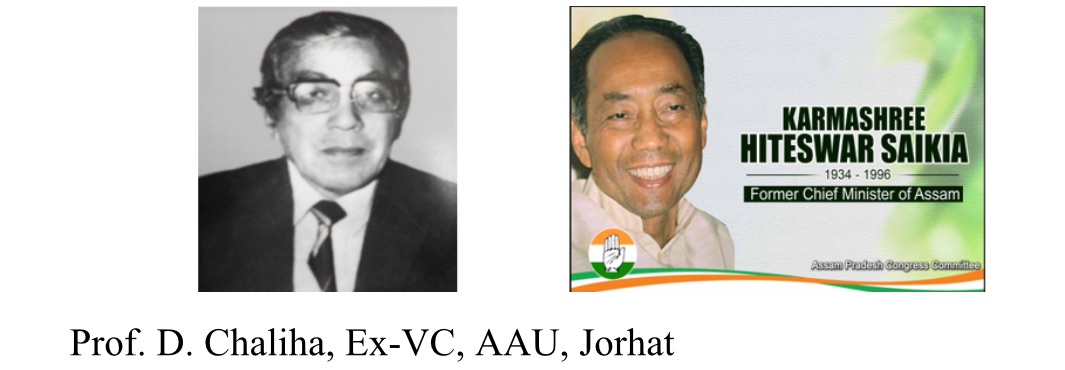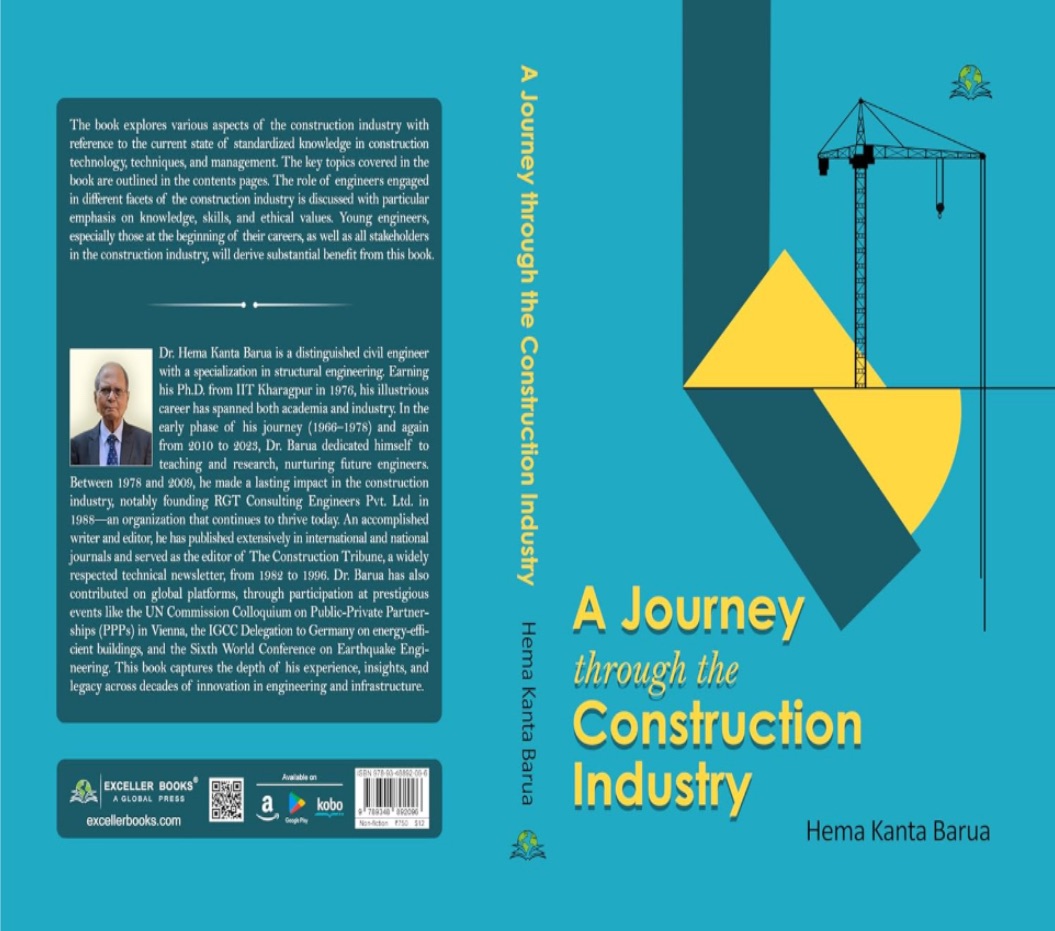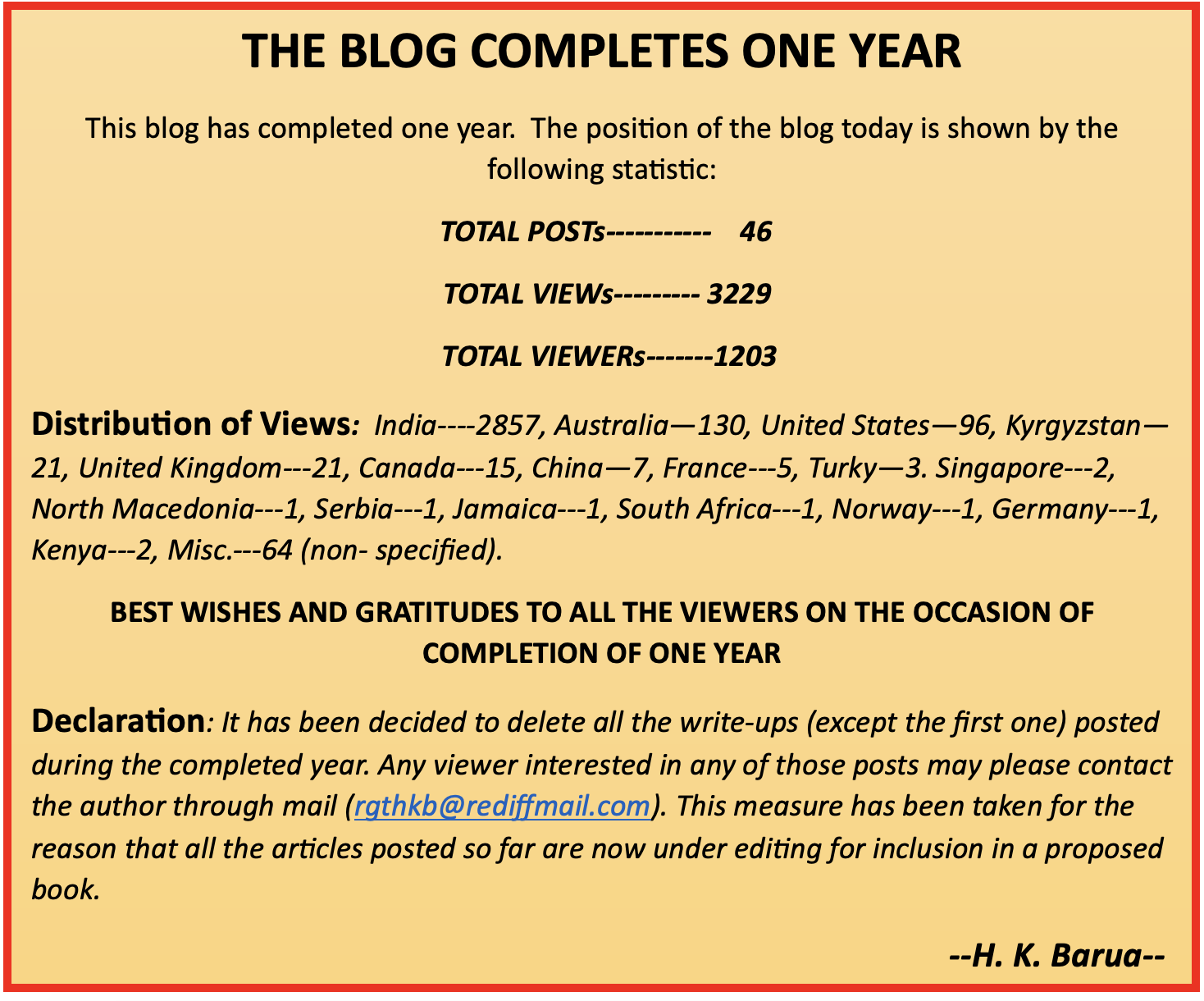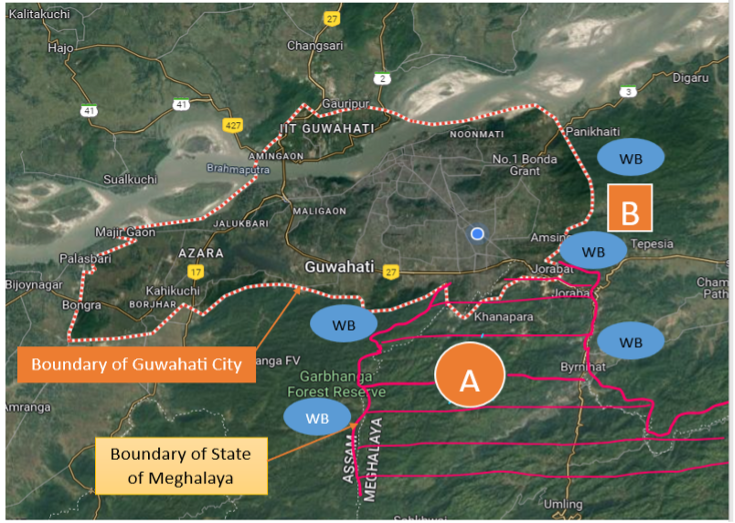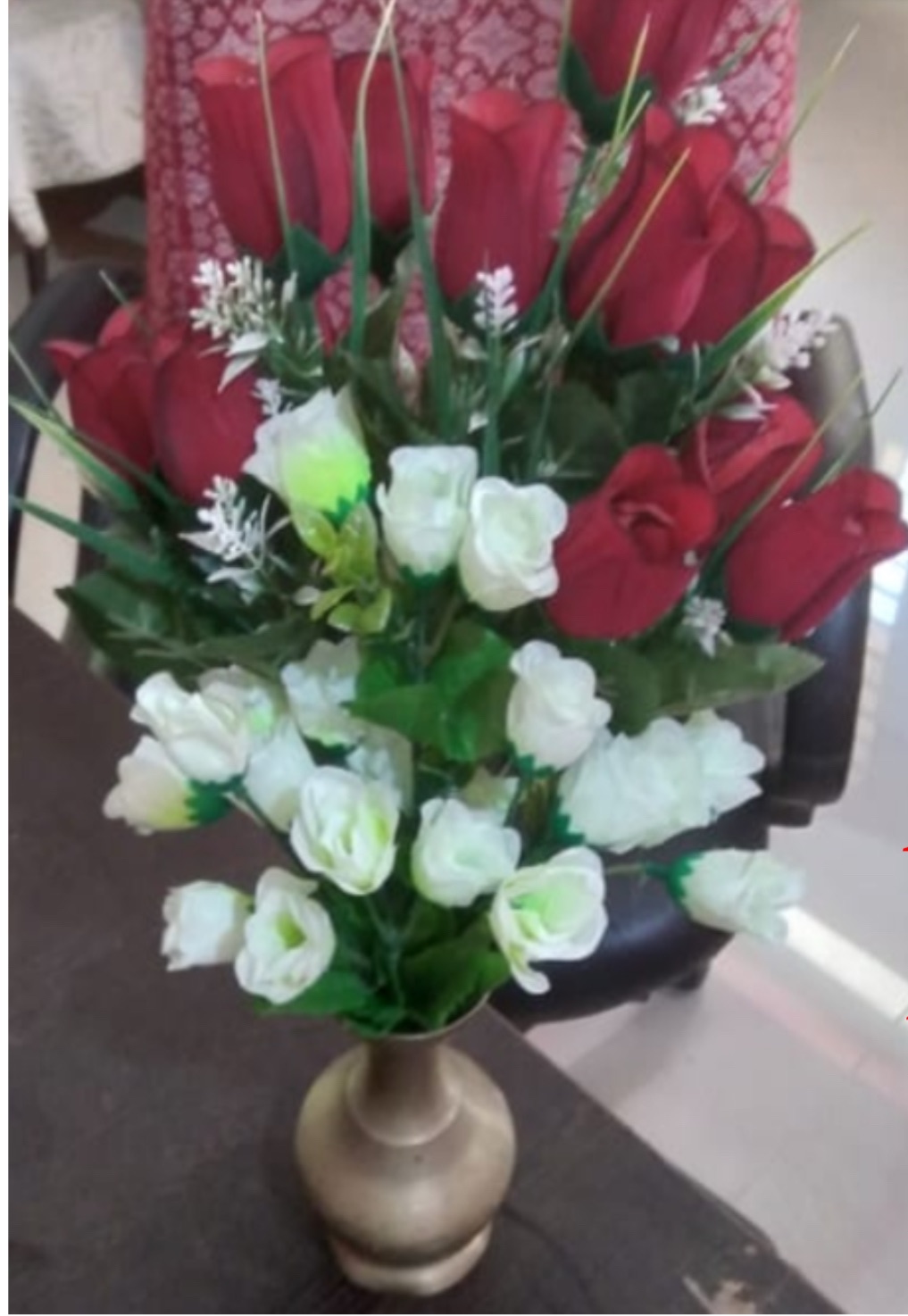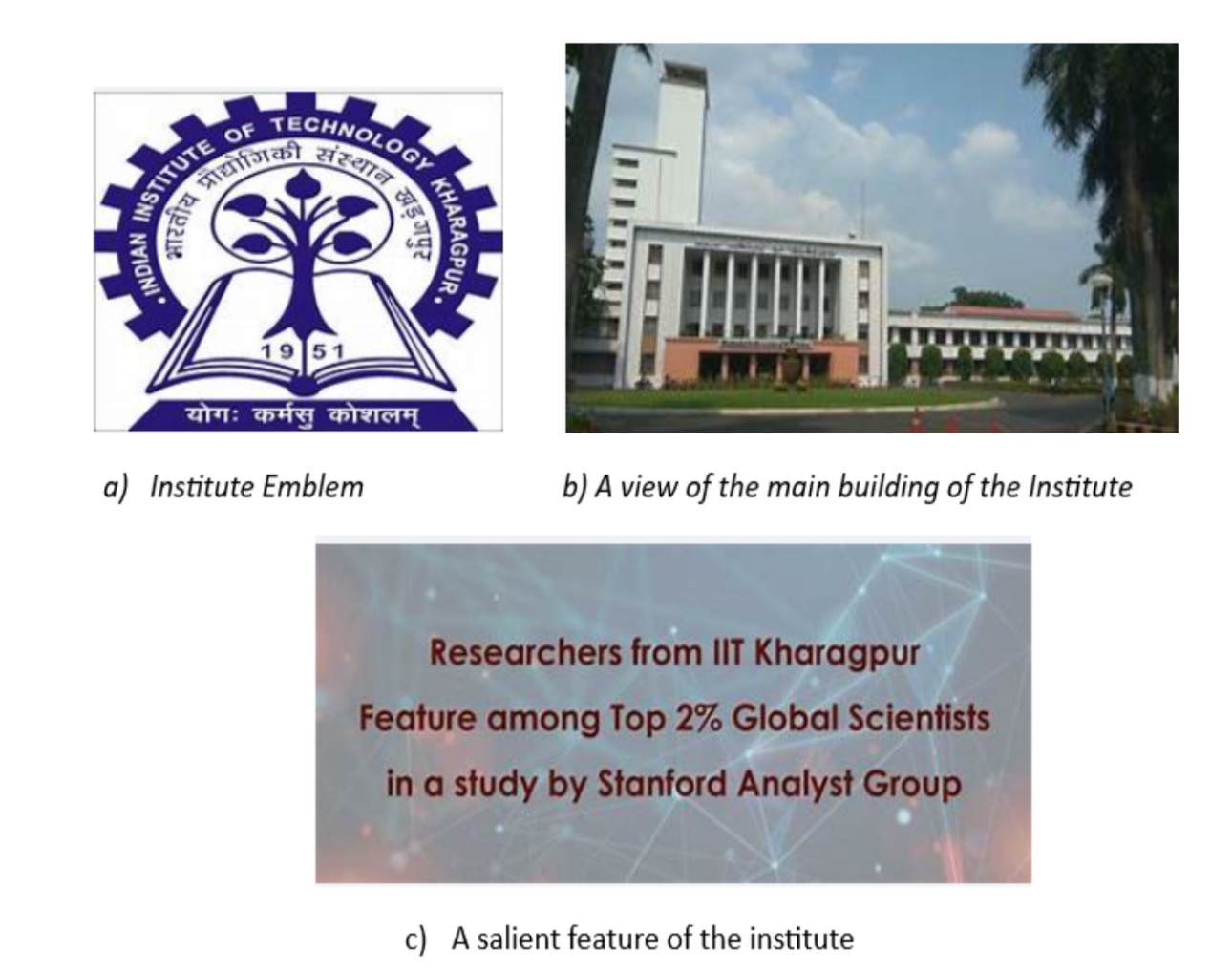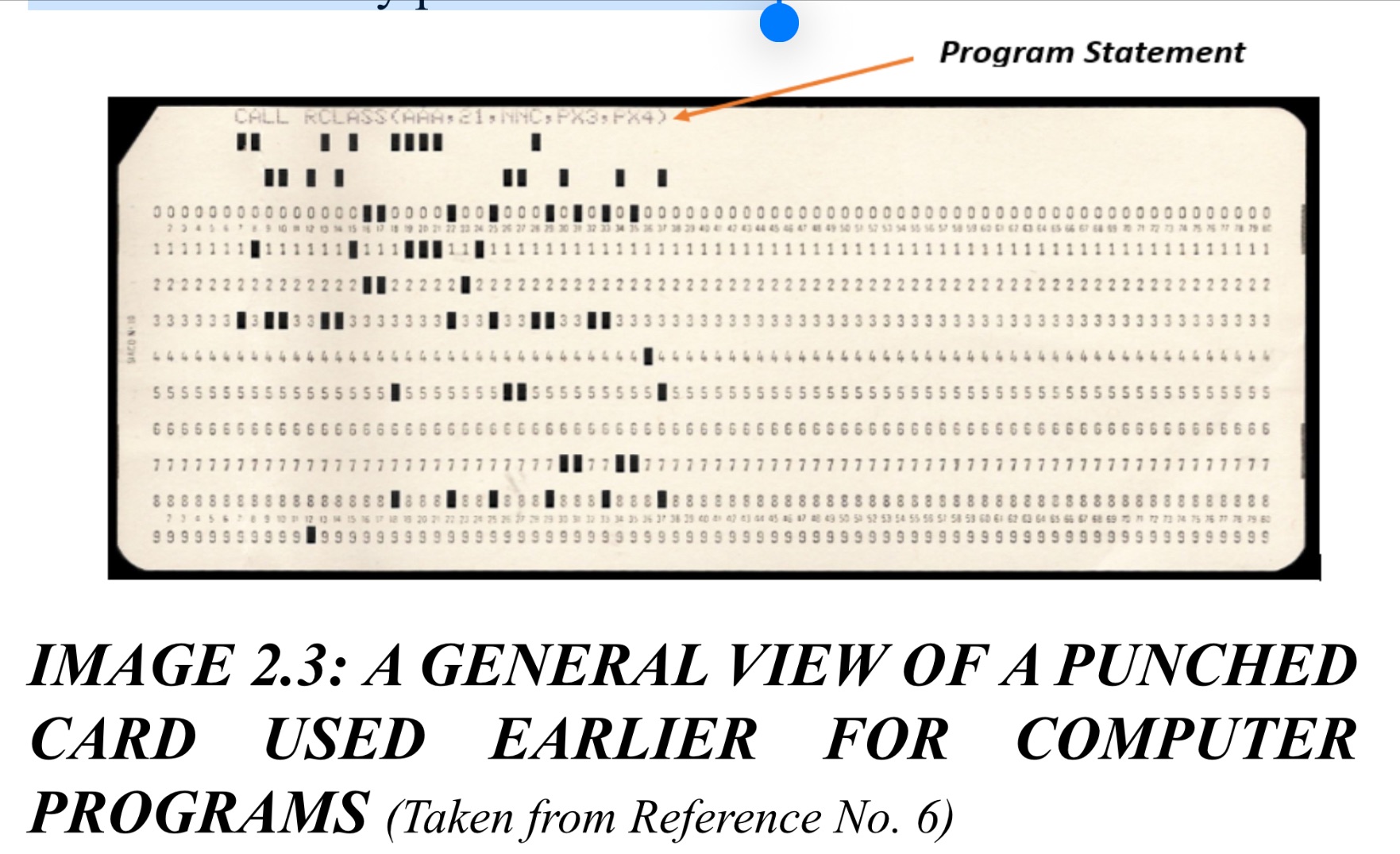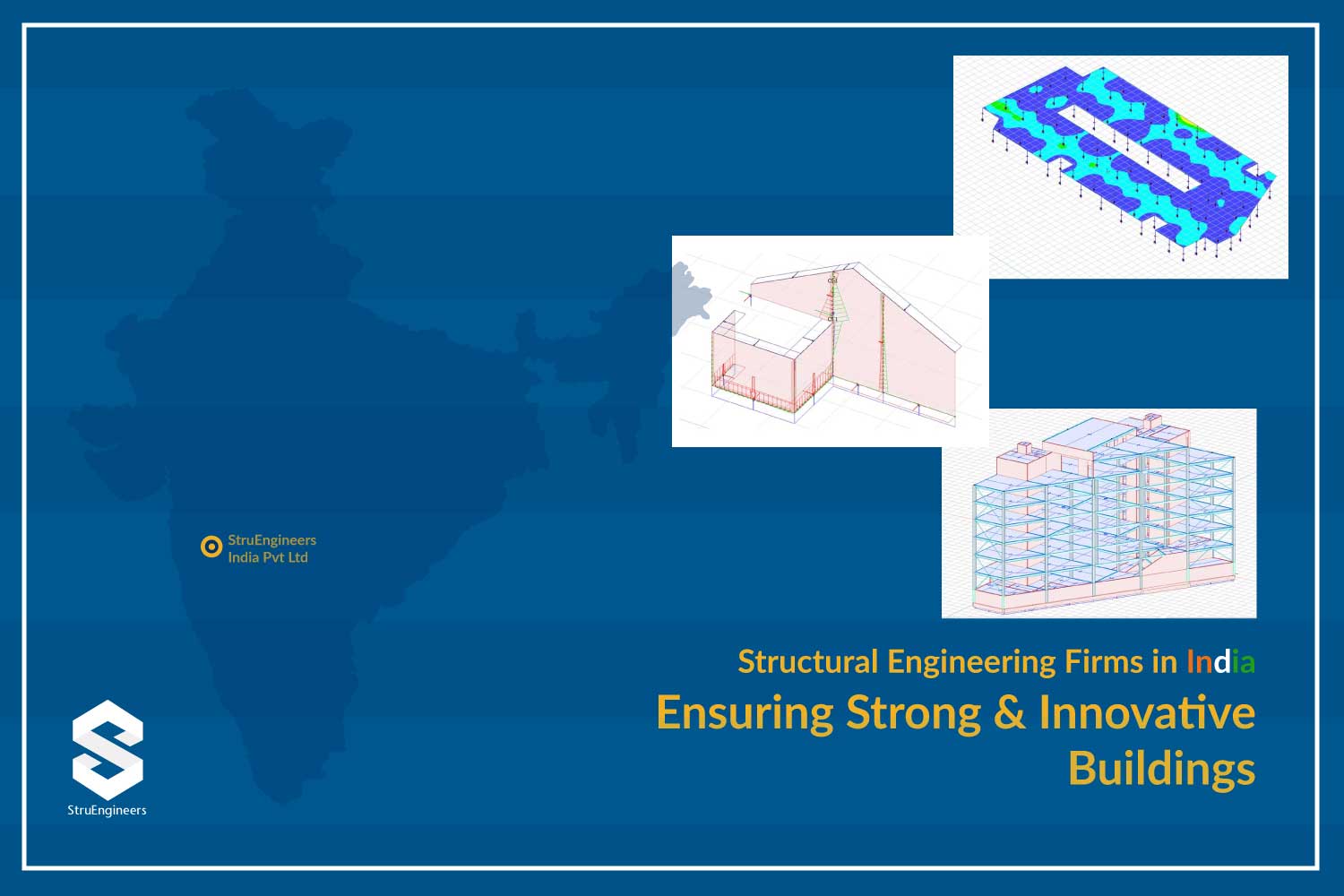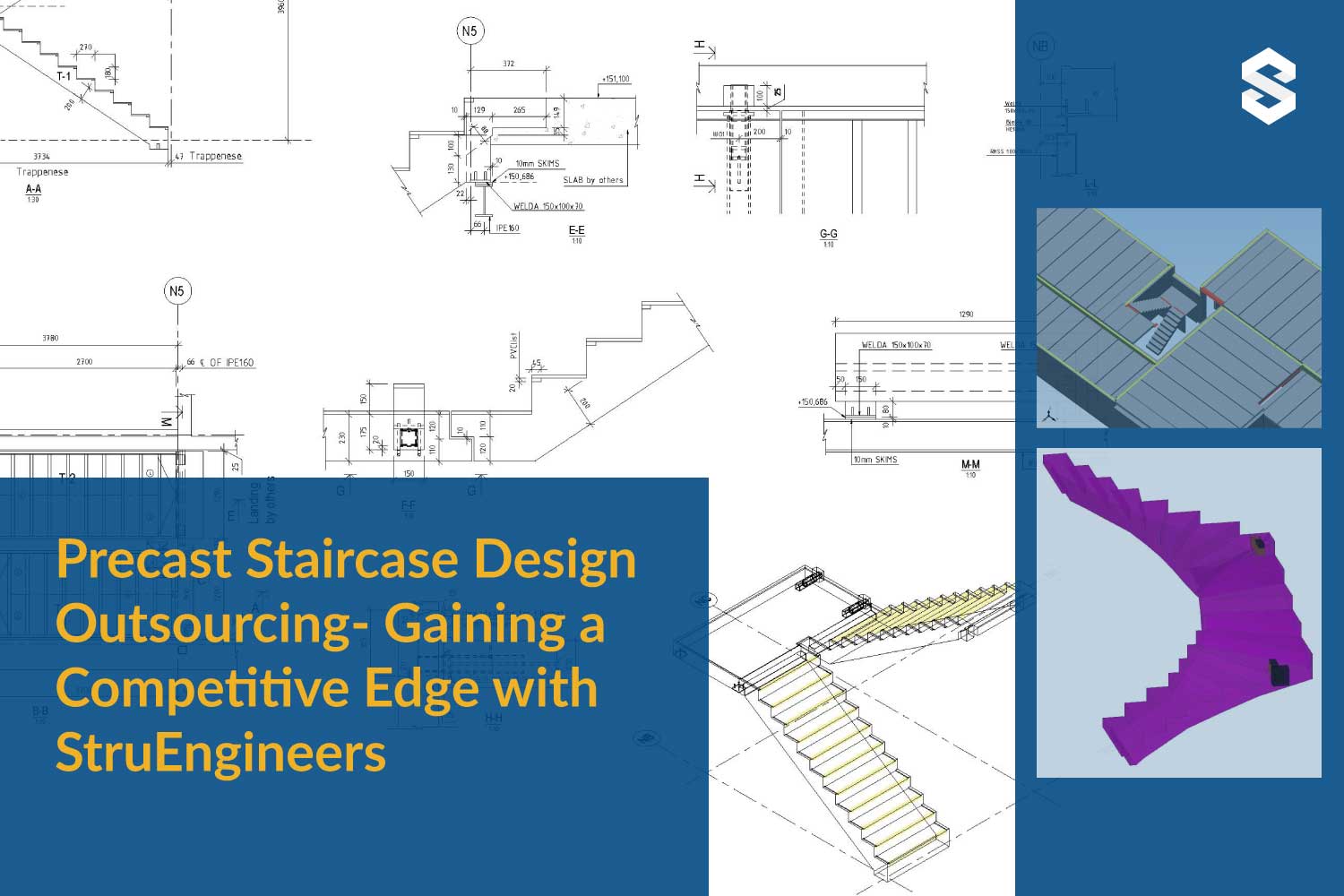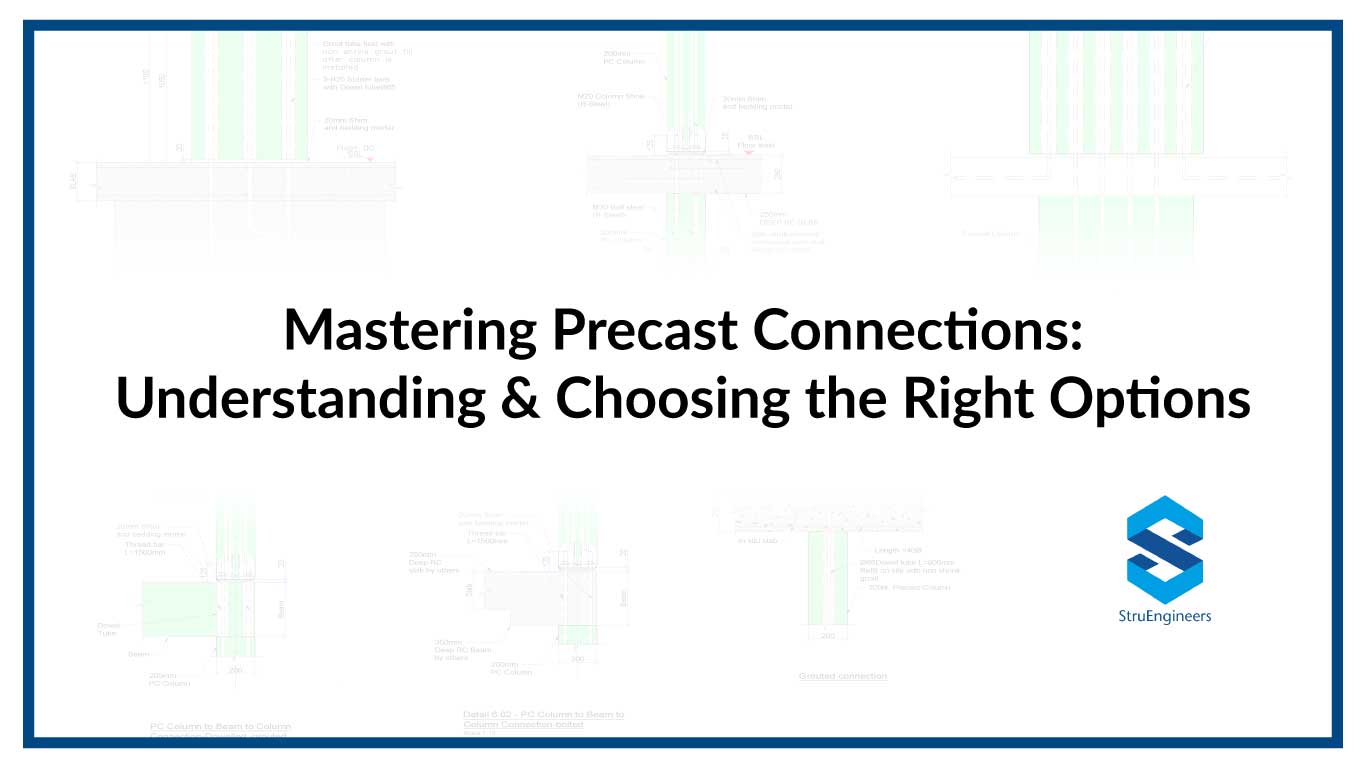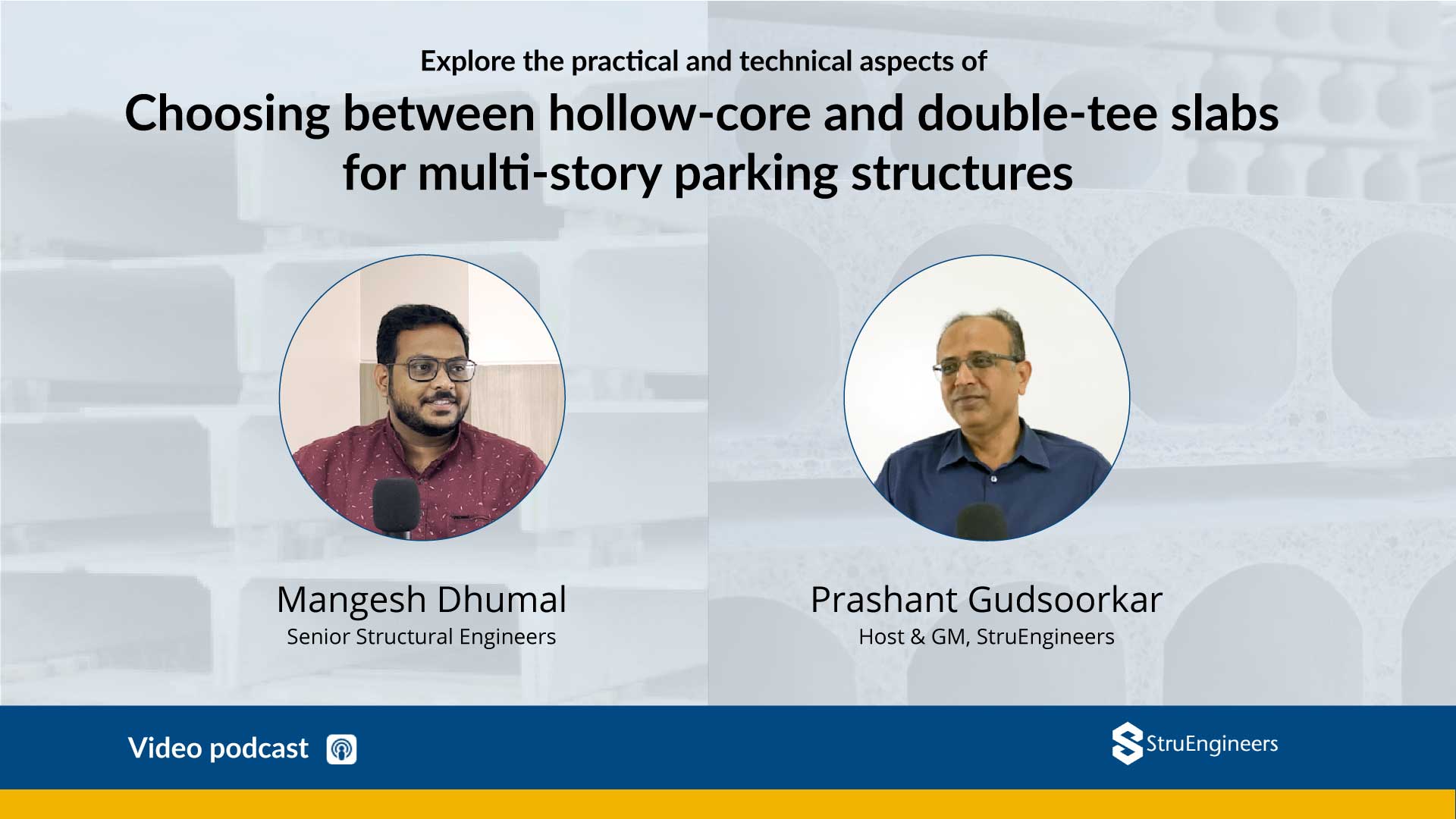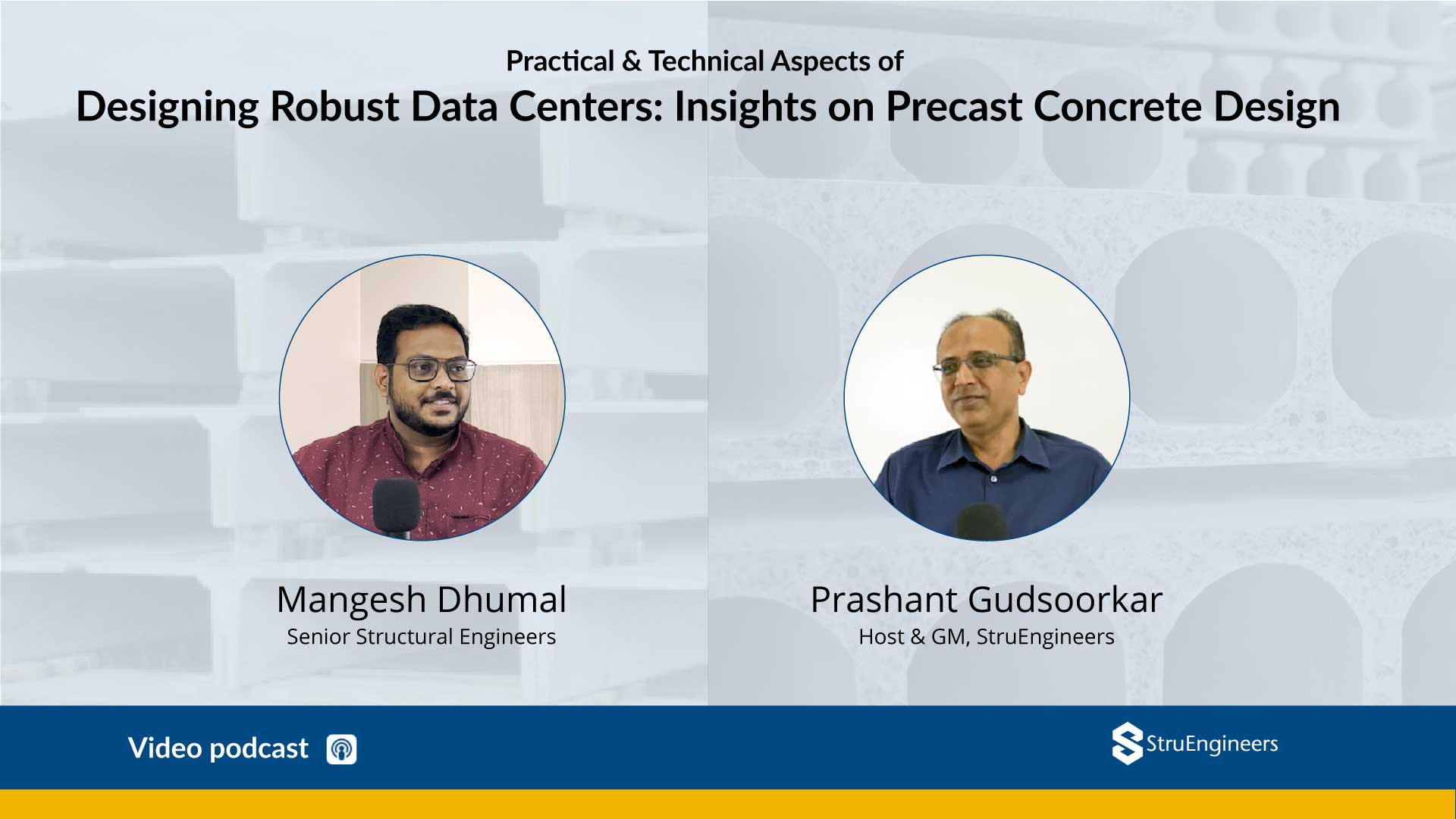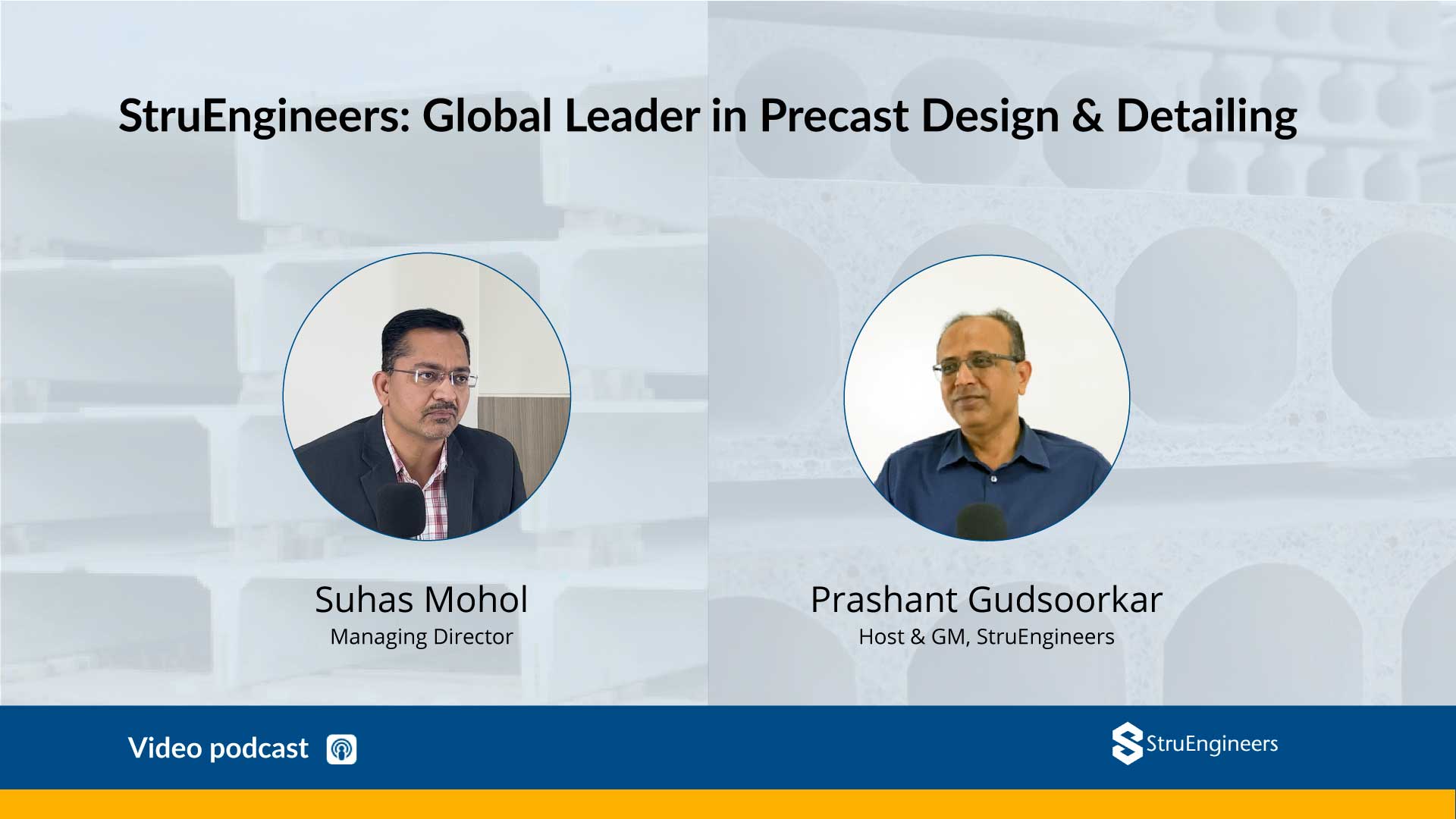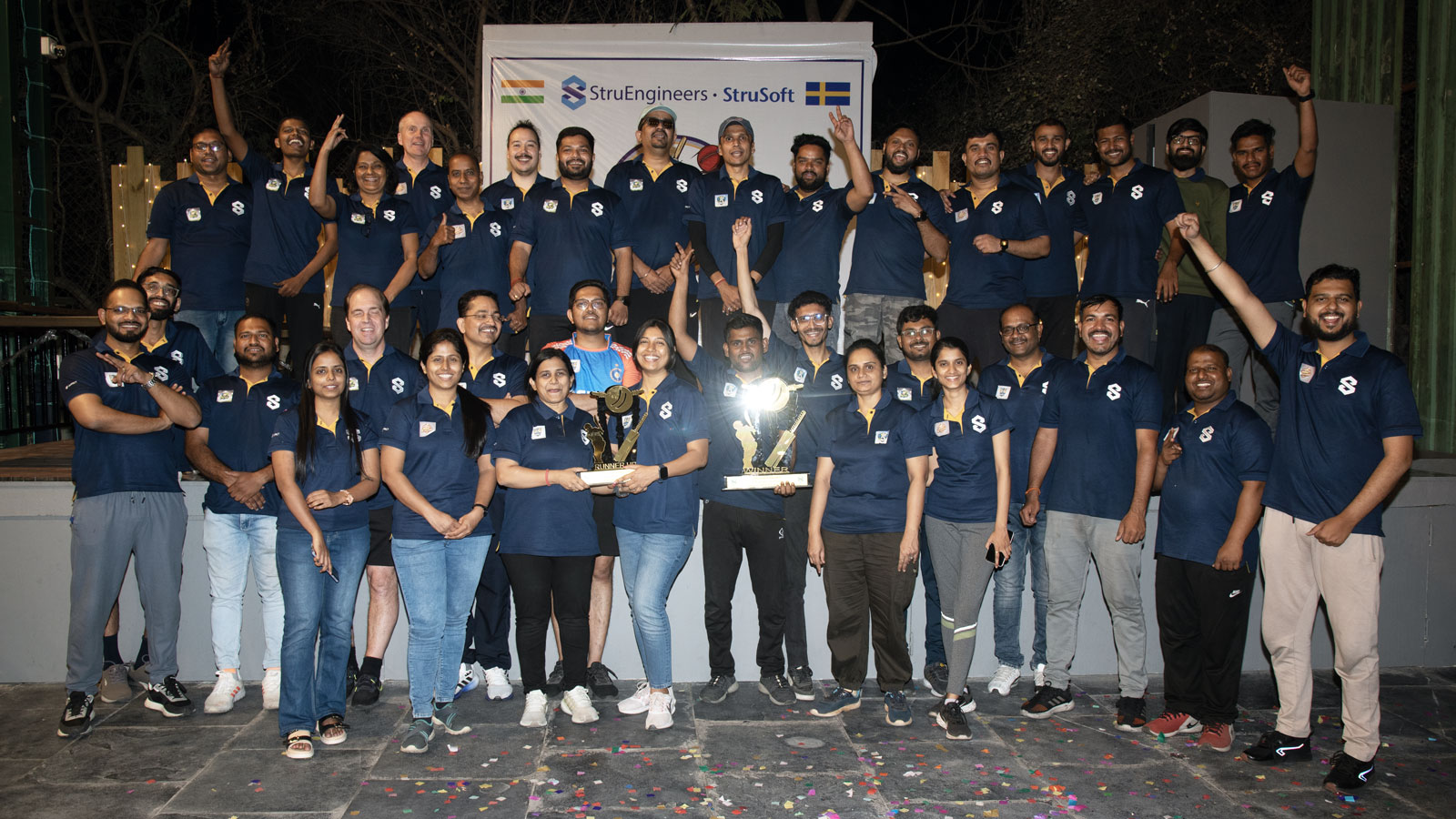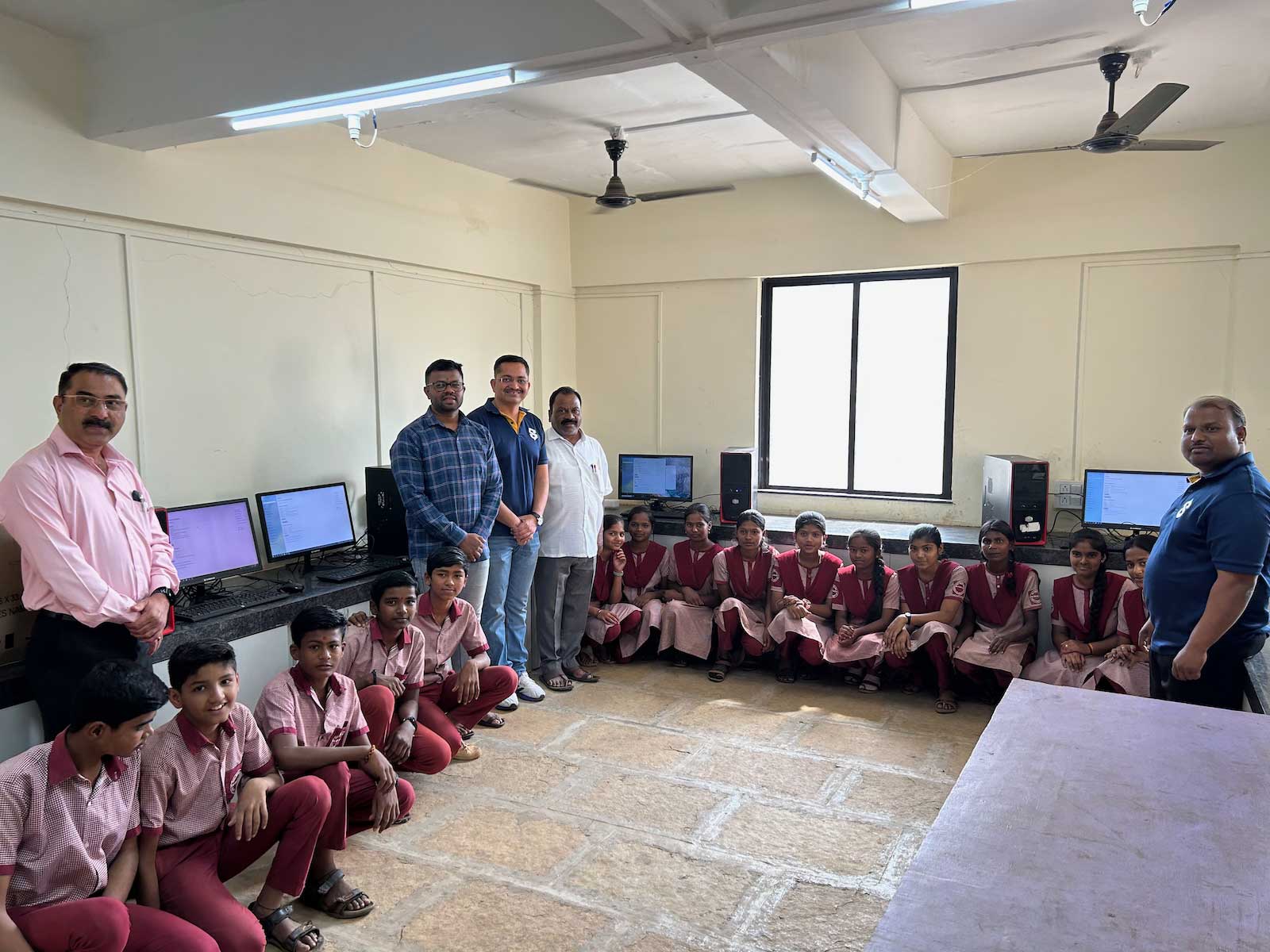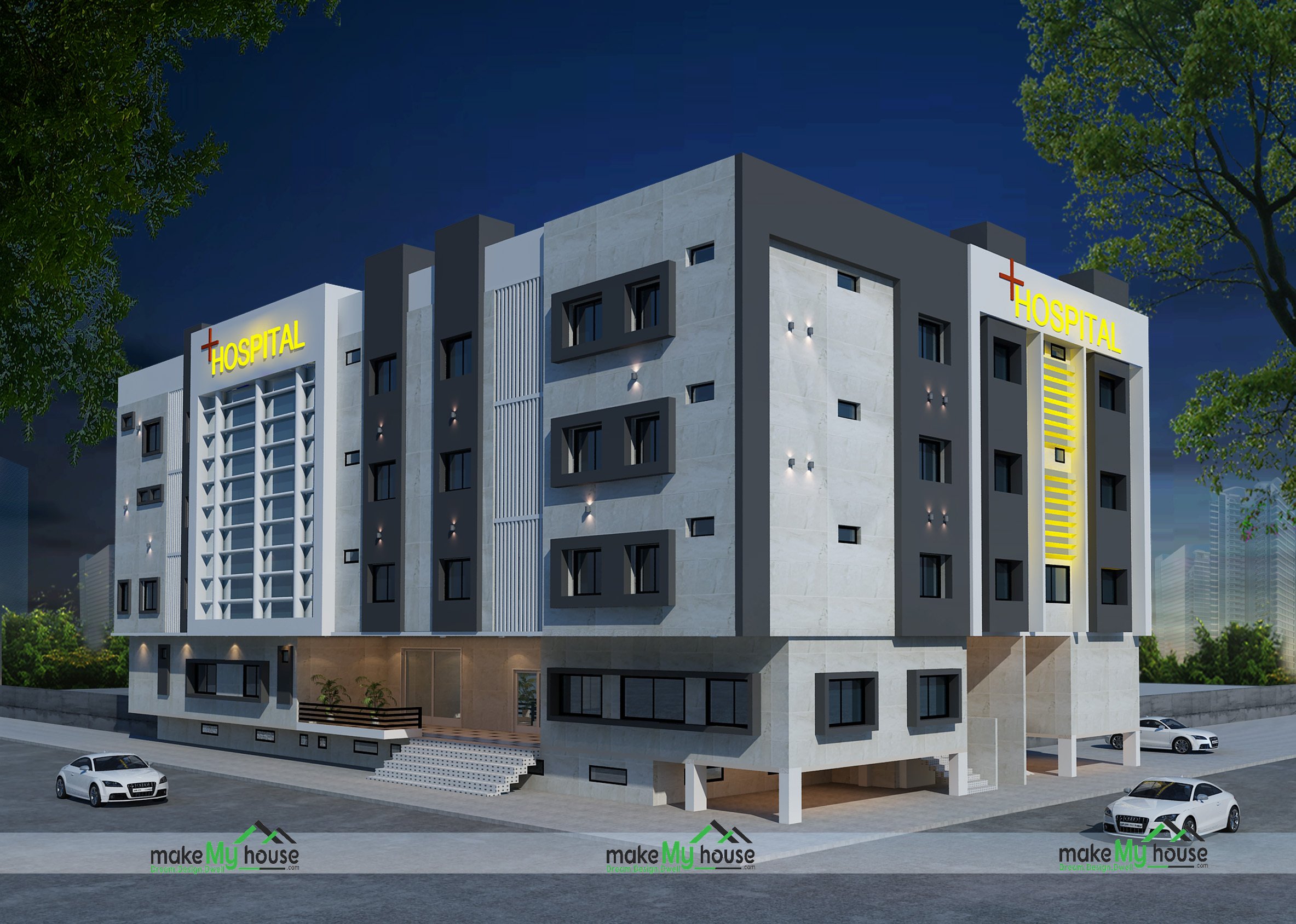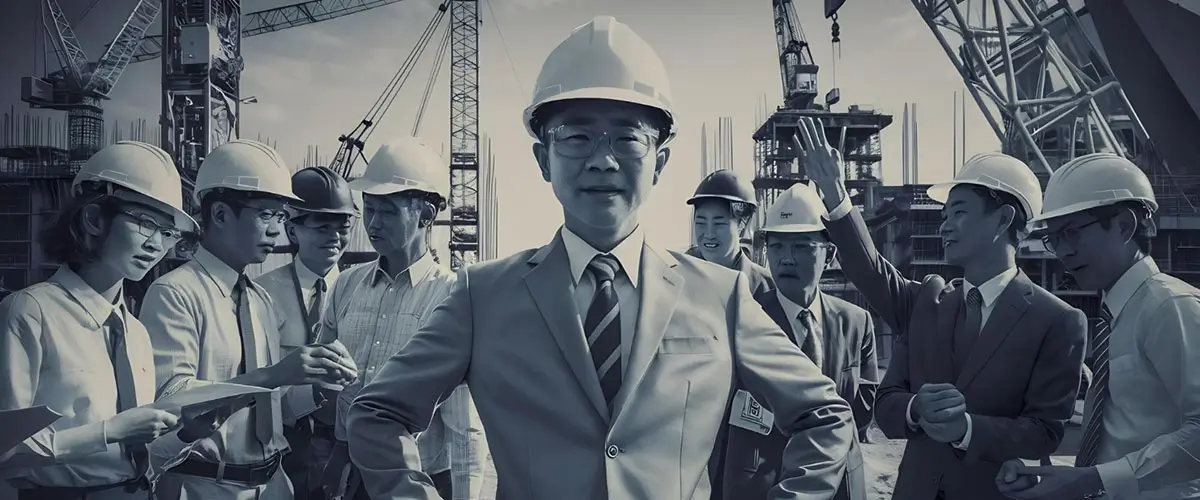
2.12 Incident C11 accountable to a Professional Challenge
2.12.1 General
By the time I got fully absorbed in different activities of TES, the year 1982 set in—the year in the month of January of which I was blessed with my second child, a lovely girl. While stating this, my mind has gone back to the day on which I brought my newly born child in my car. While just entering into the main gate of TES, my car on its way to my official bungalow was suddenly blocked by one of the senior officers of TES. He happened to be an officer with whom I had an exchange of harsh words over an official issue only a few days back. He came to me and congratulated me on the occasion of the birth of my girl-child. Being pleasantly surprised on this demonstration of indeed a great heart, automatically a few words came out from my mouth—Mr. Basu, I promise today, henceforth I will never quarrel with you even if you take me to task under any eventuality. In fact, TES was blessed those days with a lot of dignified officers with great mind and soul. The year 1982 happened to be a year which eventually turned out to be a significant one with a number of challenges fought successfully in my professional life. Only a few of those challenges are mentioned herein (this indent and the one marked as 2.13 to follow).
2.12.2 The incident itself: A challenge developed internally in my mind-set primarily because of the fact that I joined TES after having been committedly absorbed in the academic activities for a significant period. A strong feeling started growing in my mind to the effect that I was gradually moving away from the excellent world of academic activities. This feeling as I clearly understand today was, possibly aroused by my isolation from the main stream of research activities of TES, which was in fact the world’s premier tea research institute. Practically, I was an engineer taking care of the infrastructural facilities of the complex. Naturally, the development of this feeling led to a decision on my part to take up the challenging task of publishing a technical fortnightly news-record called The Construction Tribune.My basic objective was to go for an interaction between the activities of construction industry and the arena of developmental activities (in respect of knowledge and skill relating to construction industry) basically being afforded by the activities of the academic world. Therefore, the launching of the said news-record in the year 1982 eventually turned out to be a very useful effort in my professional life. A detailed discussion on this effort has been deliberately avoided herein, since my planning of discussion at this stage has been to confine myself within the domain of my activities in TES under this chapter. If time permits, I plan to write an independent chapter (or a book) to be entirely devoted for the whole period of its publication, i.e. from 1982 to 1996, at a later stage.
2.13 Incident C12 accountable to a Professional Challenge
2.13.1 General
The TES management took up a huge expansion program covering both Tocklai and its branches (named earlier). At the initial stage, there was an Architect engaged for design of 8 officer’s bungalows, the construction of which were just at the initial stage of physical construction at the time of my joining. Practically, these bungalows were completed under my project-management. It was during the stage of construction during which some dispute developed between the architect and the TES management, Eventually, his services had to be discontinued. The Director gave me the whole responsibilities of the project management (the different stages involved in a project management being dealt with in details in my book(9)) for all the new constructions to come up in its main complex at Tocklai and in its other branches. Initially, I was reluctant in view of the tremendous pressure from the side of the maintenance of all infrastructure. But, in view of my ultimate objective of taking up the profession of a full-time consultant sooner or later, I accepted this responsibility as well, being assured by the director for organizing my team the way it would be necessary depending on the exigencies of activities to come up. It was in this context that I got a scope to study the different aspects of project management by spending about 15/20 days’ time with the consultancy wing of BARC, Mumbai under the able guidance of the then Chief Architect (the details of this aspect being included in my book9).
Under the situation briefly described above, my life in TES became a hectic one. With the experiences of about more than 2 years by then, I started taking a number of measures for improving my office administration. One of those measures included a bill register through which, all the bills recommended by me for payment thenceforth had to be duly entered into and then sent to the Accounts Section (under the control of the Accounts Officer) for payment. This measure taken was duly notified to all concerned. This measure taken in time was basically aimed at providing a scope for my checking of genuineness of bills recommended from my end for release of payment, as and when necessity came up. I still remember, how this new measure strictly enforced at my end came to be a basic document in defending myself under a serious situation developing at a later stage (as briefly dealt with below).
2.13.2 An incident leading to a serious situation
A situation developed around the end of 1981. Those days, every year, external auditors used to come to TES for the auditing of the accounts. One day, the Accounts Officer of TES called me to his office and two bills paid already and taken objection to by the auditors were shown to me. On a scrutiny in his office room, I found that the said two bills were apparently sent from my office. Those were duly certified by my Stores Assistant (named as P, as noted earlier) and apparently duly recommended for payment with my signature under my official seal. The Accounts Officer further added—–Dr. Barua, yesterday, two auditors went to the city and they failed to locate the firm to whom the bills were paid. I reacted then and there—-I too have heard the name of this firm for the first time now only, not to speak of knowing its location. Anyway, may I take these two bills to my office now for looking into the whole issue with reference to my records maintained in the office and then to come back to you with my firm view on the same! He readily agreed and I came back to my office with the two bills.
On reaching my office, I called all those present in the office including my Stores Assistant (named ‘P’ herein) to my chamber and explained the situation created by the two bills in my hand. I specifically asked P (giving the certificate to the effect that the materials were received in order under his official seal) —–Is it your signature? Reply came smartly—Yes, Sir, it is. Then I asked the other members present in mychamber, pointing to my signatures appearing on the two bills with my official seal—– Are these truly my signatures? All present were silent except one of my office assistants, who used to enter all the bills passed by me for payment into the Bill Register for onward submission to the Accounts Section. He responded—–No Sir, they do not appear to be your genuine signatures. Immediately, I called for the bill register. On my critical scrutiny, I found no trace of any bill in the name of the firm appearing in the two bills under dispute.
I went then straight to Director’s office with the two bills in hand and stated straight to him–Sir, these are the two paid bills with my forged signature. He was shocked and he immediately called the Administrative Officer and the Accounts Officer to his chamber. We all four had a brief discussion on the issue and a joint decision was taken to file the FIR to the Police Station on this alleged Forgery Case.Then immediately (while we all were in his chamber), he (the Director) called my Stores Assistant, P to his chamber. With the decision of filing the FIR, we all three came out of Director’s chamber and the FIR was prepared by the Administrative Officer. I left for my office. In the meantime, ‘P’ reached Director’s chamber and the Director alone had a closed-door discussion with him (P).
The Stores Assistant ‘P’ came back from Director’s office and while going back to Administrative Officer’s Office (AO), I met him on his way back. On the road itself, he touched my feet and started weeping. Being a bit confused on his behaviour, I just said to him—Do not worry, God is there.Then, I proceeded to AO’s chamber and came to know that Mr. P admitted everything to the Director—-he forged my signature and additionally mentioned some names of other persons associated with him in managing the network of making illegal money.
By the evening of that day, the FIR was formally lodged in the Police Station. Next day, the police personnels came to the TES office complex and conducted the necessary investigation. On the day of police investigation, Mr. P did not attend the office. By the next morning, I came to know from the Administrative Officer that the Police raided the houses of some employees including that of Mr. P, who was not found in his residence, though all others were present in their respective houses. Further, it was known that a trunk containing many official documents was seized from the house of Mr. P. Nothing was seized by Police from the houses of others. Subsequently, the TES management got a copy of the seizer list including the xerox copies of all the seized items. The salient ones included a sheet on which my signature was practised, a few purchase order books, a few books of bill forms, a rubber stamp reflecting that of my official seal, a rubber stamp reflecting the official seal of the Stores Assistant etc. On a critical scrutiny of all these documents by the TES management team comprising the Director, Administrative Officer, Accounts Officer and myself, the case of forgery became crystal clear.
Apart from the investigation being conducted by the Police, a preliminary investigation was conducted at management’s end. Based on the findings of the preliminary investigation so conducted, show-cause notices were duly served to a few employees including Mr. P of my office. The employees served with the show-cause notices included one or two office bearers of the Employees’ Union (EU), which did not have apparently a cordial relationship with the management those days. Naturally, the alleged forgery case against the accused being its members agitated the EU against the management. Anyway, the different steps taken by the management were in full conformity with prevalent rules governing cases of this type. Eventually, the management constituted a departmental enquiry with a reputed lawyer as the Enquiry Officer (EO). In the meantime, it was known that Mr. P absconded totally and did not respond even to the show-cause notice served to him. Consequently, the attempt made by the Police to arrest him failed and the management suspended him on getting no response to the show-cause notice within the stipulated time.
The enquiry commenced in time fully under the control of the appointed EO. There were prominently two sides—–one on the defence side for the accused, the Employees Union came up and on the other side for the defence of the forgery case,the management being primarily represented by myself and the Accounts Officer came up before the EO. The defence side for the accused attempted to prove that my signatures alleged to be forged were the real signatures of mine and on management side, attempts were made to prove that the signatures of mine were truly forged. The enquiry continued for a long period. I turned out to be main person appearing before the EO on behalf of the management, obviously for the reason thereof being the fact that signatures alleged to be forged were mine.
Under the situation, as reflected by the discussion presented above, I repeatedly asked myself—-where have I landed in now? How to rescue myself from this situation in which a major community of the Employees’ Union has been trying to colour me as a thief by proving the forged signatures to be the genuine ones of mine? This was truly this stage at which I took a vow to the effect that I would fight this case tooth and nail and unless I would succeed in this effort, I would not leave TES against my earlier decision to quit it sooner or later for taking up the profession of full-time consultancy. This was exactly the situation for which I had to continue my service with TES for a period appreciably longer than the one conceived earlier.
For the subsequent period of about six months, I recall now, I had indeed a tough time not only for the forgery case alone but also for a tremendous pressure of works in the front of both new constructions and maintenance activities. On one hand, I had to face EO almost on a daily basis for 2 to 4 hours and on the other, I had to discharge my official duties as a project manager for all the new constructions and as a maintenance engineer for all types of maintenance activities. Recalling those days now, I wonder how I did manage all those activities. It was possible only for Almighty’s blessings on me for a good health both mental and physical—-thanks and gratitude to Him. Even then, I remember now, at times I used to lose my temper. For an example, an incident taking place on a particular day in front of the EO may be cited (as described in the next para).
The enquiry on a particular day was on in the highly acclaimed guest house of TES under the EO. The defence side of the accused (mostly represented by some office bearers of the Employees’ Union) argued all along to prove that the signatures alleged to be forged were the genuine ones of mine, thereby trying to establish that I was the main thief. On the strength of law to the effect that the natural justice cannot be denied to the accused in the process of their defence, they took the advantage of getting hold of many paid bills from the management. They mixed many paid bills including both with genuine and forged signatures of mine. They, the defenders of the accused went on showing me the bills one after another and asking me —Is it your signature? Their basic objective of asking me the same question with reference to many paid bills with my genuine and forged signatures was to confuse me so that I would make a mistake of identifying a genuine one to be a forged signature of mine or vice-versa. In the continued process of questioning to this effect, at a particular stage of enquiry on that day, I got so much irritated as to lose my temper and strongly thumbed the table of the EO and suddenly stood up from my chair to comment as—What is this going on? You are trying to save the real thieves and trying to make me a real thief. You have no respect even for my degrees obtained from one of the top-most institutes of the country. To become a thief, I have not earned these degrees. I am determined to go on fighting to prove you wrong.
However, immediately on completion of my harsh words (as stated), good sense prevailed on me and sat down again on my chair and apologised to the EO by saying— I am sorry Sir, I should not have lost my temper this way in your presence. I apologise to you. The EO did not take the situation as an offensive one and just commented…Do not worry Dr. Barua. In fact, I appreciate the way you have controlled your temper so fast. Anyway, let us now carry on.On the other hand, the defence side of the accused did not react to the situation and they too cooperated for the resumption of the enquiry for the day.
During the period of enquiry, another critical situation created by vested interests took place. Some of the members of the Employees’ Union including the ones appearing before the EO in defence of the accused, filed a FIR against me for a chilly incident of a day. One day, I was driving my car on my way back from outside to my office. From main Entrance Gate to my office, the length of the approach road (inside the complex)was hardly 200 m. Almost on the half-way of this distance, I saw two persons walking towards my office. One of them was an office-bearer of EU, who appeared before the EO for defending the accused of the forgery case. I had to blow my car-horn for a number of times to find way for my car to cross them. Eventually I did and reached my office. By the time, I parked my car and opened the door to come out, they (the said two persons) reached the spot and coming close to my car started shouting at me—-Why do you drive so fast inside the office complex? You would have killed us, had we not taken the side by running. Obviously, there was a heated exchange of words. I thought, the matter came to an end then and there.But it was not to be so. The two persons went to the extent of filing a FIR against me with the Police Station concerned on the alleged ground of my rash-driving inside the campus of TES. However, the same was not registered on the basis of PS’s preliminary investigation. This issue eventually came to an end, though the enquiry of the case of forgery kept on continuing.
I had to go on facing the enquiry for about six months and at the same time carrying on with scheduled official duties in full swing. Eventually, my deposition before the EO came to an end. I remember clearly the questions put before me by defence side of the accused on the last day of my deposition. By then, I got the impression to the effect that the persons fighting for the defence of the accused were almost convinced on my depositions. Possibly because of this perception, a salient question raised by them on the last day was—-Dr. Barua, if the accused are eventually found to be guilty, what sort of punishment, would you like to recommend for them? I still remember the gist of my answer given then before the EO. It went as—- The forgery of my signature led to a tremendous amount of financial loss to the TES management. How to recover this amount from the persons eventually found to be guilty will be a decision to be taken judiciously by the top management. It is obviously not my headache. They were possibly not satisfied with my response and the next question to me came up as—-What sort of specific punishment would you like to suggest to the management if that situation comes up? I categorically answered—The management will naturally have the options of either to dismiss the accused or to excuse them, giving the due consideration to the aspect of recovery of the amount of financial loss. Finally, this was how my deposition before the EO came to an end. On completion of my part of deposition before EO, I strongly felt that Mr. P, the main accused of the case absconding and thereby failing to present himself before EO would have all possibility of being held guilty eventually. The next person from management side to appear before the EO was the Accounts Officer of TES. He had to face the questions from the defence side of the accused only for 2/3 days and thereafter, the EO winded up the enquiry sessions. We all then had to await his (EO’s) Final Enquiry Report (FER). At that stage I took a firm decision to the effect that I would not quit TES till the time the FER would be placed before the management. I had to take this decision for dispelling the apparent perception of my involvement in the case, as existing among a certain section of employees of TES. This was primarily the reason that led to my continuation of the service with TES for a period appreciably longer than the one initially contemplatedfor at my end.
In the process of coming to terms with the situation I faced during the forgery case mentioned above, my mind has been flooded with many thoughts and reflections . I cannot help but ask myself: what gave me the strength and conviction to confront such a difficult situation—one in which a powerful group attempted to portray me as a thief by forging my signature? Today, the only answer I find is this: it was my unwavering commitment to honesty and integrity, along with the deep respect I hold for the values tied to my academic achievements—earned through immense dedication and hard work.
When such a strong foundation of principle exists, the greed of undeserved wealth can never defeat such a strong foundation—come what may.
(To be continued in the next Post of this blog.)
Reference:
9. A book entitled ‘A Journey through the Construction Industry’ by Dr. H. K. Barua, May, 2025, Excellar Books (Global Press), Kalkota, W.B.




